

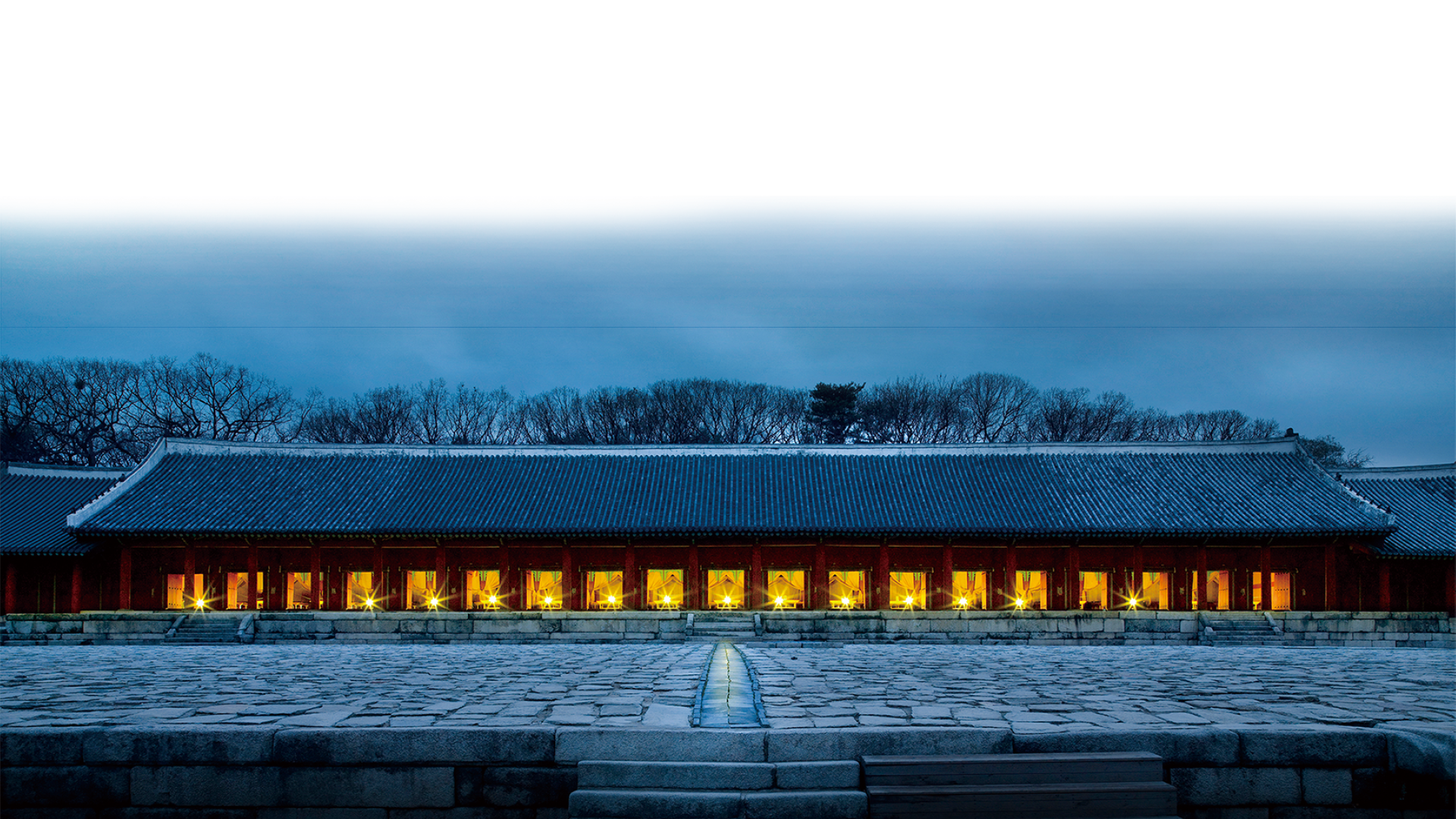



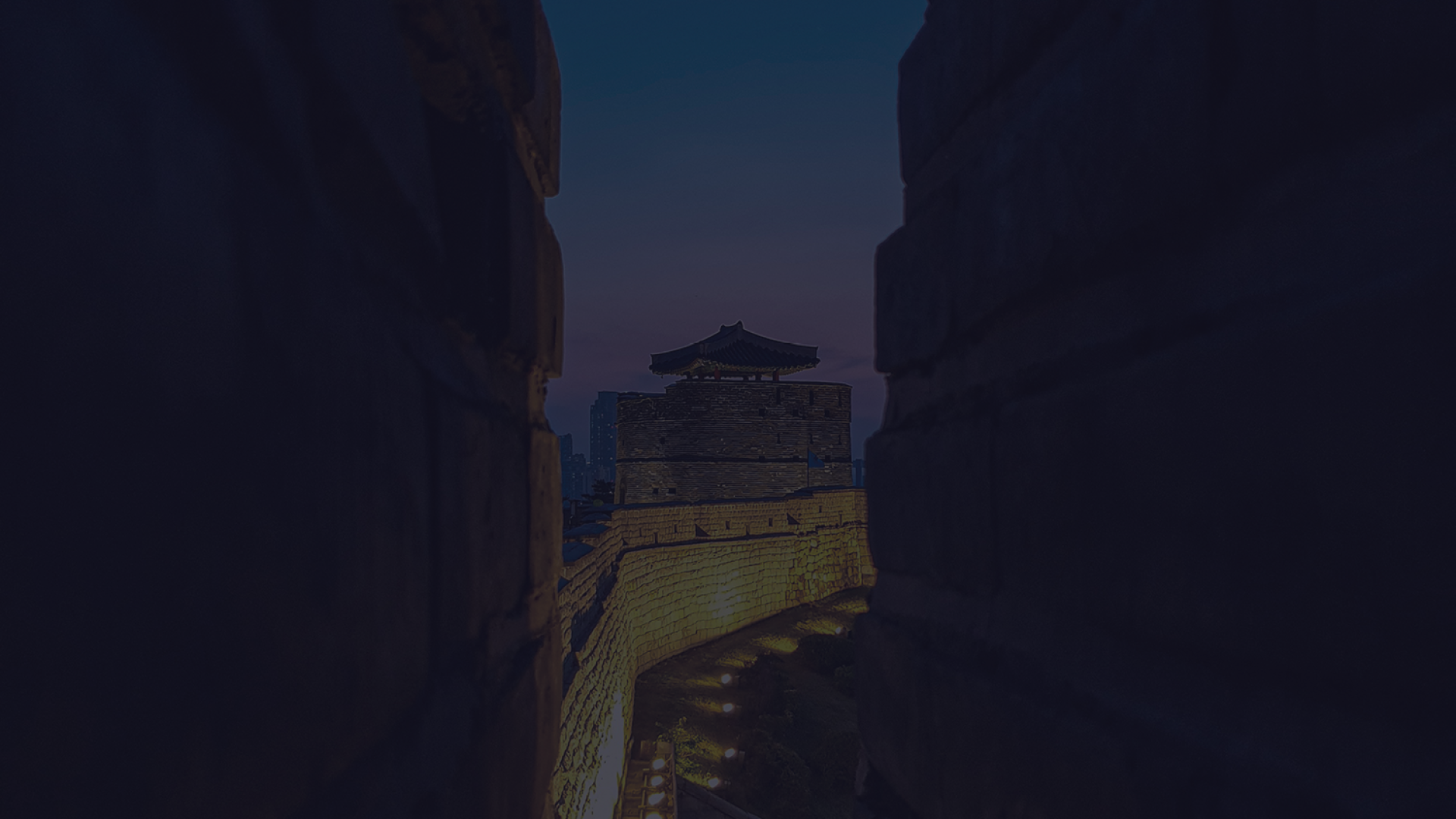






Home


menu





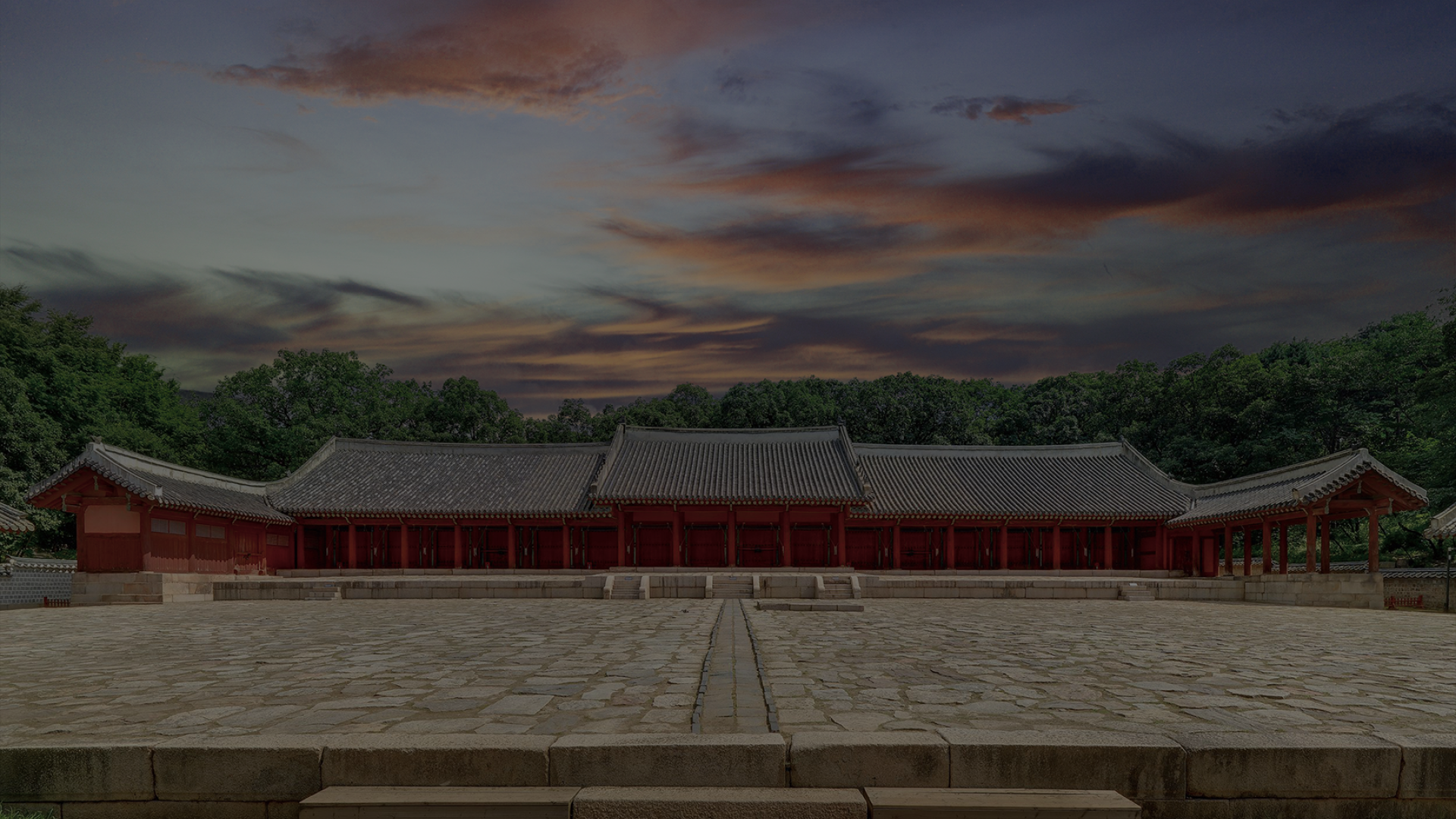
World Heritage
World Heritage in Korea began with the formation of the natural topography of the Korean Peninsula and the arrival
of humanity, and has continued until the present. Visitors can enjoy a historical panorama of spanning cultural heritage
generated over different periods throughout the Peninsula, including Jeju Island’s World Natural Heritage.







Home


menu













Expedia
Home


menu





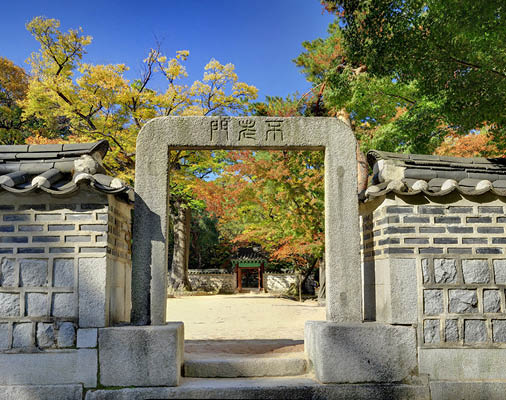
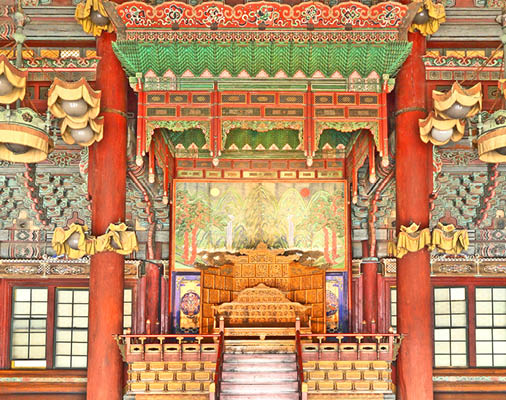
Cultural Heritage Administration, Korea Cultural Heritage Foundation, k-heritage.tv URL http://www.k-heritage.tv/main/en




Home


menu





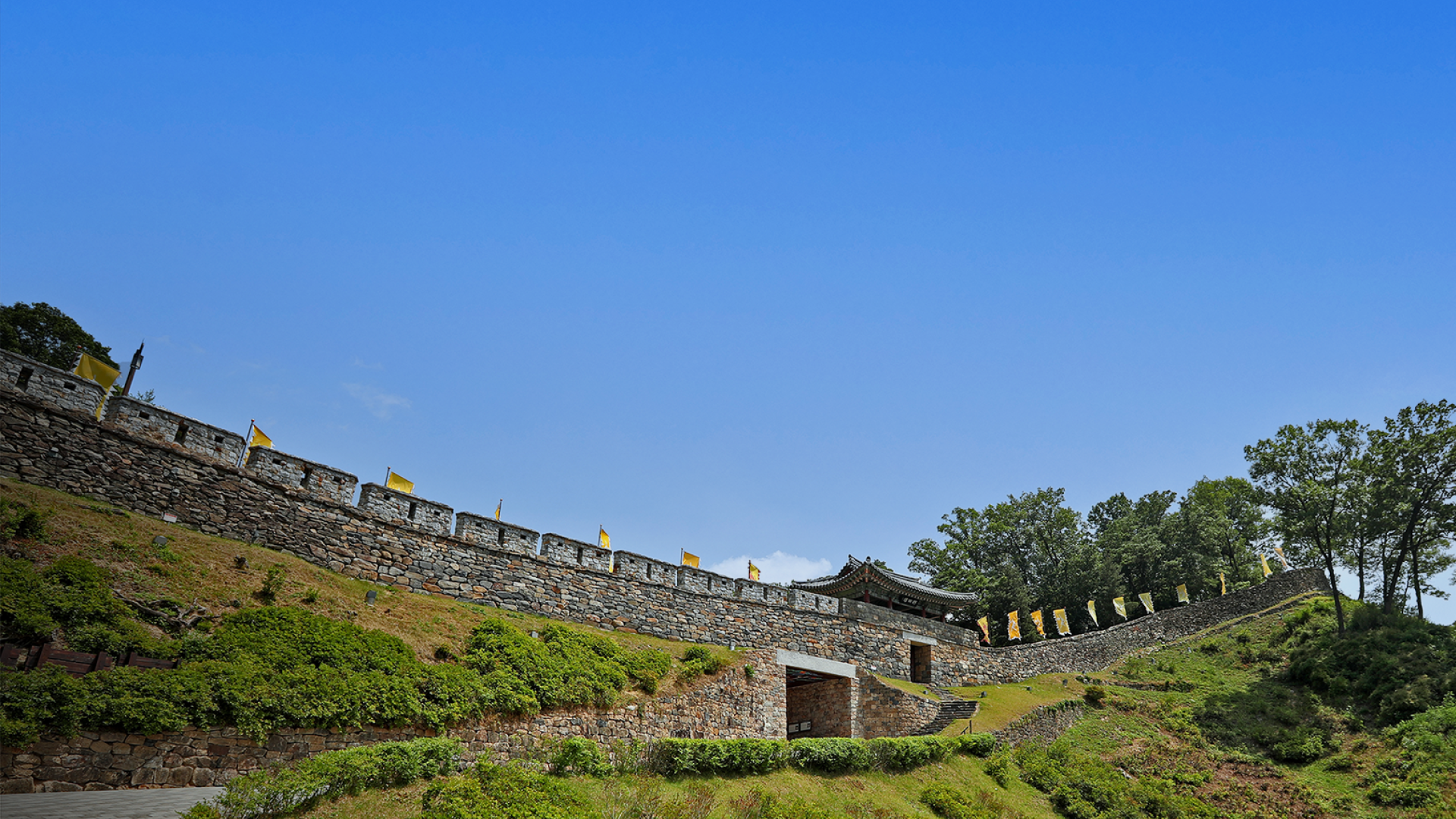








Home


menu









Gongju National Museum
Web: gongju.museum.go.kr
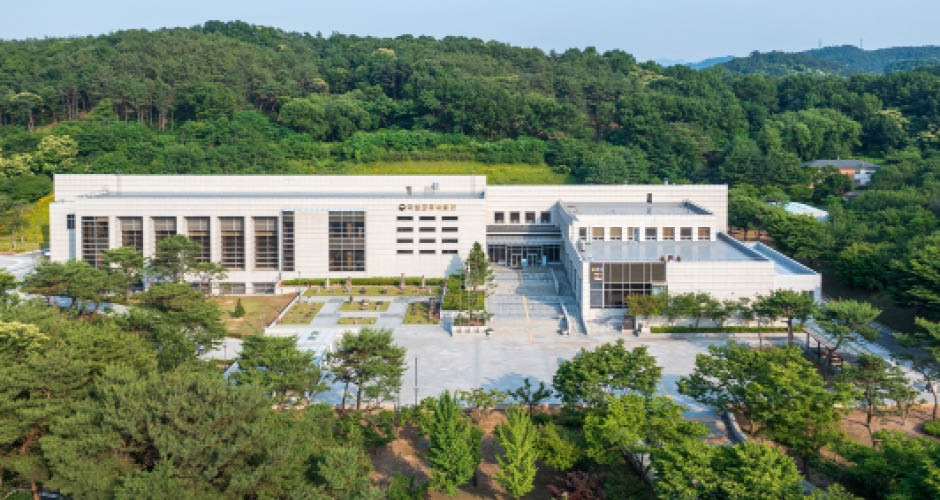
Baekje Cultural Festival
Operating hours: Annually in September and October in Gongju-si and Buyeo-gun
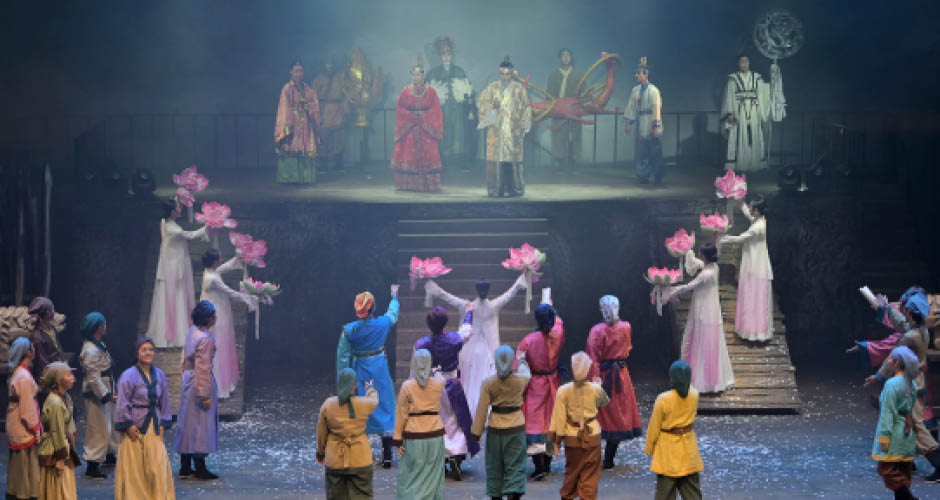
Gongsanseong Fortress
Address: 53-51 Geumseong-dong, Gongju-si, Chungcheongnam-do
Phone: 041-856-7700
Operating hours: 09:00–18:00 (Closed on Seollal & Chuseok days)
Fee: 1,200won

Tomb of King Muryeong and Royal Tombs
Address: Ungjin-dong, Gongju-si, Chungcheongnam-do
Phone: 041-856-3151
Operating hours: 09:00–18:00 (Closed on Seollal & Chuseok days)
Fee: 1,500won
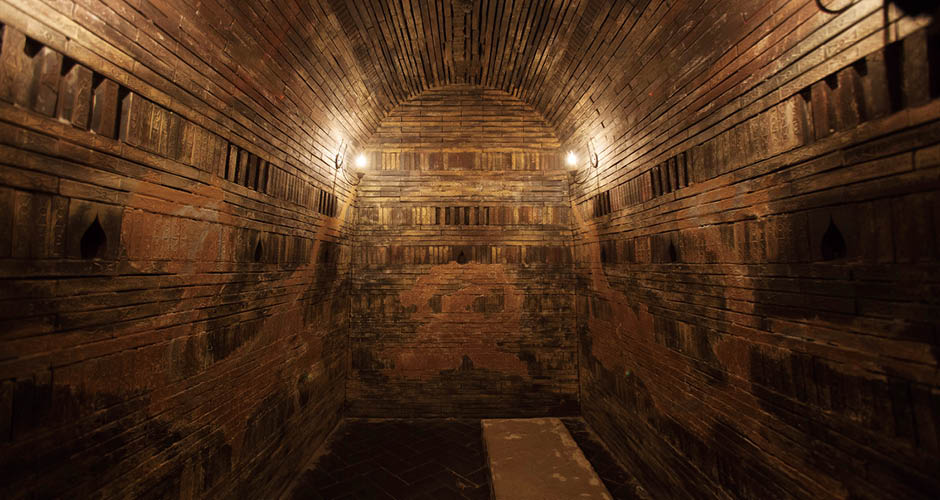
Baekje Historic Areas (Gongju)
Gongsanseong Fortress in Gongju and the Tomb of King Muryeong and Royal Tombs represent the Ungjin era. Built with a 2.6 km-long fortress wall, Gongsanseong Fortress was built to contain the royal palace. The Tomb of King Muryeong and Royal Tombs are comprised of the tomb of King Muryeong, the 25th king of Baekje (r. 501–523), and Tombs No. 1 to 6 of kings and royalties of Baekje. The Tomb of King Muryeong was discovered in 1971 in perfect condition with its tombstone and 5,232 artifacts. Reproductions of the royal tomb and excavated artifacts can be seen at the Royal Tombs Exhibition Hall.




Baekje Historic Areas (Buyeo)
The Buyeo Royal Tombs, Busosanseong Fortress, Jeongnimsa Temple Site, Tomb of King Muryeong and Royal Tombs, and Naseong Fortress are proof of the Sabi era. The Archaeological Site in Gwanbuk-ri includes large buildings, underground storage facilities, and ponds. Busosanseong Fortress was built as the rear garden of the palace that also served as an emergency defense facility. Jeongnimsa Temple Site reveals a temple uniquely located at the center of the capital, and contains a five-story stone pagoda that shows the period when building materials of pagodas transitioned from wood to stone.
Naseong is the 6.3 km-long fortress wall constructed as an outer wall to defend the royal palace and mark the border of the capital city. Various construction methods were used. For instance, in mountainous areas, dirt was packed and piled and the exterior was finished with stones. In wetlands, the foundation was reinforced by driving tree branches, mud, and stakes into the ground. These construction techniques were later adopted in Japan. The Buyeo Royal Tombs (Tombs No. 1 to 7) outside of Naseong Fortress show a stone finishing method more advanced and improved from that of previous periods. Nearby is a temple site believed to be where families and friends went to remember and pray for the deceased. The Great Gilt-bronze Incense Burner of Baekje (National Treasure) excavated from the site is a masterpiece and a telling example of the fusion of Taoism and Buddhism, and the passion and technique of the master craftsmen of Baekje. It is on display at the Buyeo National Museum.
Archaeological Site in Gwanbuk-ri and Busosanseong Fortress
Address: 247-9 Seongwang-ro, Buyeo-eup, Buyeo-gun, Chungcheongnam-do
Phone: 041-830-2880
Operating hours: 09:00–18:00 (Closed on January 1, and Seollal & Chuseok days)
Fee: 2,000won

Jeongnimsa Temple Site
Address: 83 Jeongnim-ro, Buyeo-eup, Buyeo-gun, Chungcheongnam-do
Phone: 041-832-2721
Operating hours: 09:00–18:00 (Closed on January 1, and Seollal & Chuseok days)
Fee: 1,500won
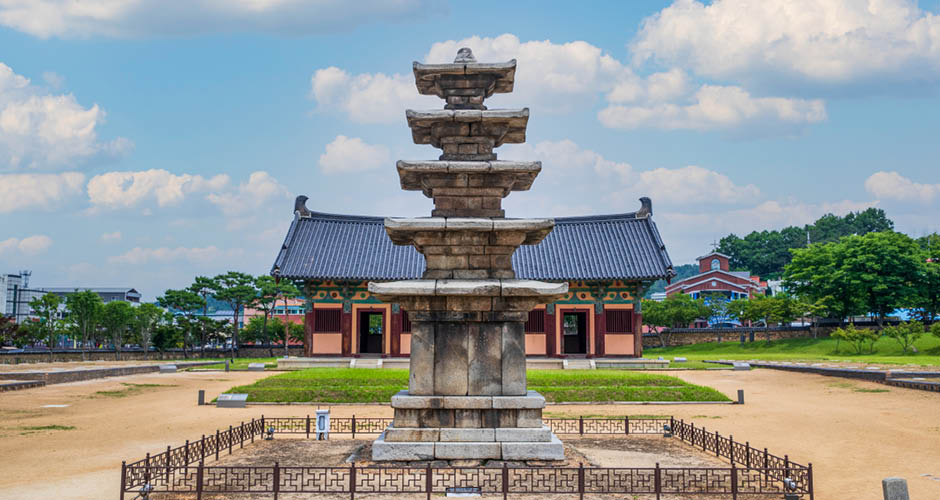
Buyeo Royal Tombs
Address: 61 Wangneung-ro, Buyeo-eup, Buyeo-gun, Chungcheongnam-do
Phone: 041-830-2890
Operating hours: 09:00–18:00 (Closed on January 1, and Seollal & Chuseok days)
Fee: 1,000won
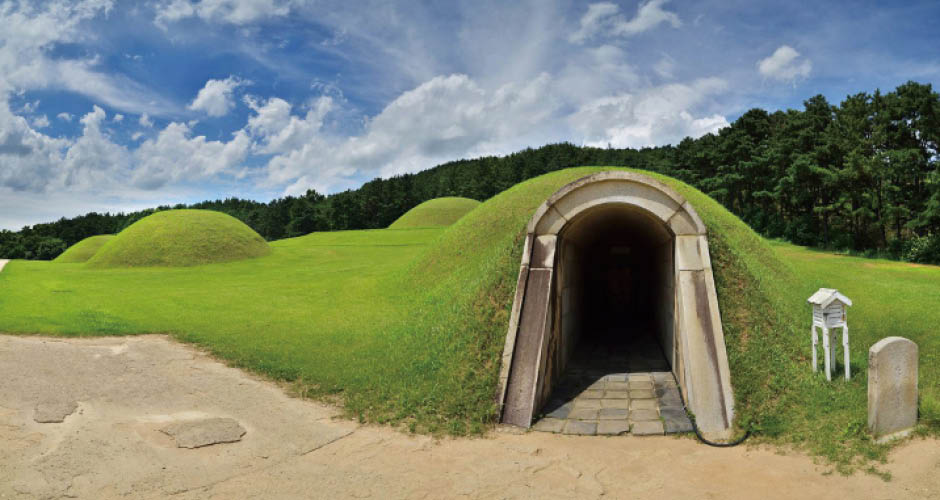
Naseong Fortress
Address: San 67 Neungsan-ri, Buyeo-eup, Buyeo-gun, Chungcheongnam-do
Phone: 041-830-2330
Operating hours: Open year-round
Fee: Free
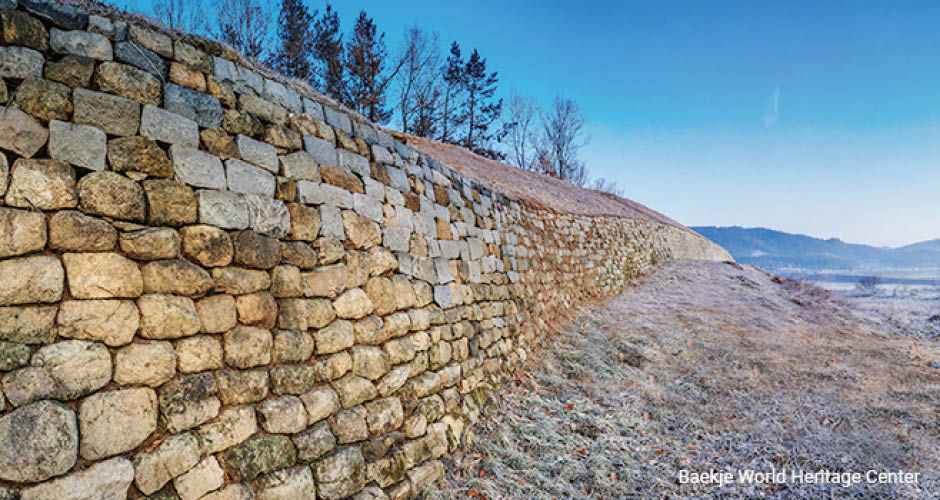
Buyeo National Museum
Web: buyeo.museum.go.kr
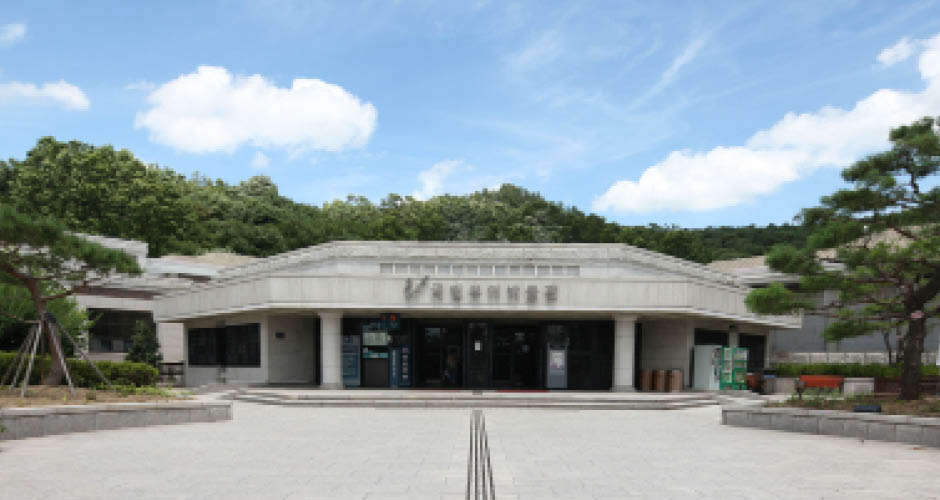




Baekje Historic Areas (Iksan)
Archaeological Site in Wanggung-ri, Iksan is the site of a royal palace built during the reign of King Mu (r. 600–641) in the late Sabi era. The site of a large building estimated to be the central building of the palace, living spaces such as a restroom, the rear garden, and the Wanggung-ri Five-story Stone Pagoda still remain to this day. King Mu built the massive Mireuksa Temple to embody the idea of Maitreya descending from the heavens to save the world. In the vast temple site, the Stone Pagoda at Mireuksa Temple Site (National Treasure) stands on the west side of the site. Initially built in 639, it was restored to its current form after 20 years of repair. It’s been told that King Mu, born Seodong, grew up under a single mother. He did everything he could to marry Princess Seonhwa of the Silla Kingdom (57BCE–935CE) and became king. This story of Seodong is reenacted annually at the Iksan Seodong Festival.
Iksan Seodong Festival
Address: at Seodong Park, Geumma-myeon, Iksan-si
Operating hours: Annually in May

Archaeological Site in Wanggung-ri
Address: Wanggung-ri, Wanggung-myeon, Iksan-si, Jeollabuk-do
Phone: 063-859-5875
Operating hours: 09:00–18:00 (Closed on Mondays, and January 1)
Fee: Free
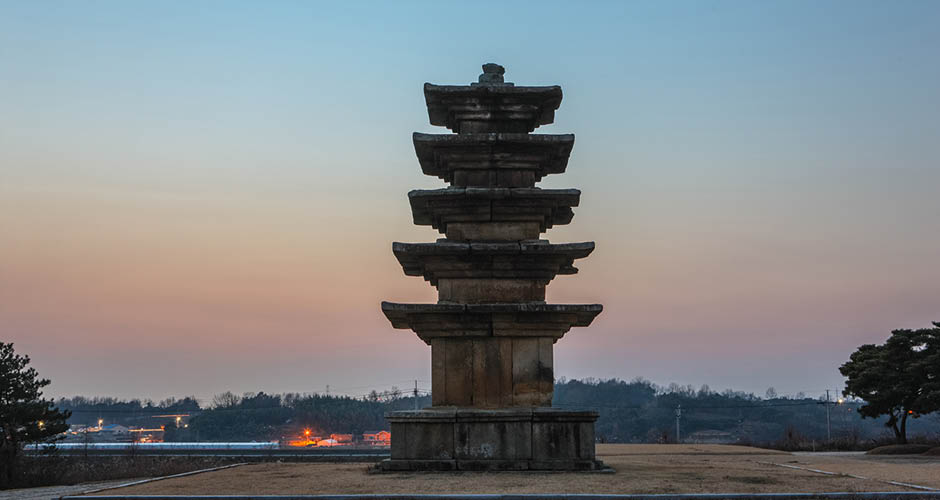
Mireuksa Temple Site
Address: Giyang-ri, Geumma-myeon, Iksan-si, Jeollabuk-do
Phone: 063-859-3873
Operating hours: 09:00–18:00 (Closed on Mondays, January 1, and Seollal & Chuseok days)
Fee: Free
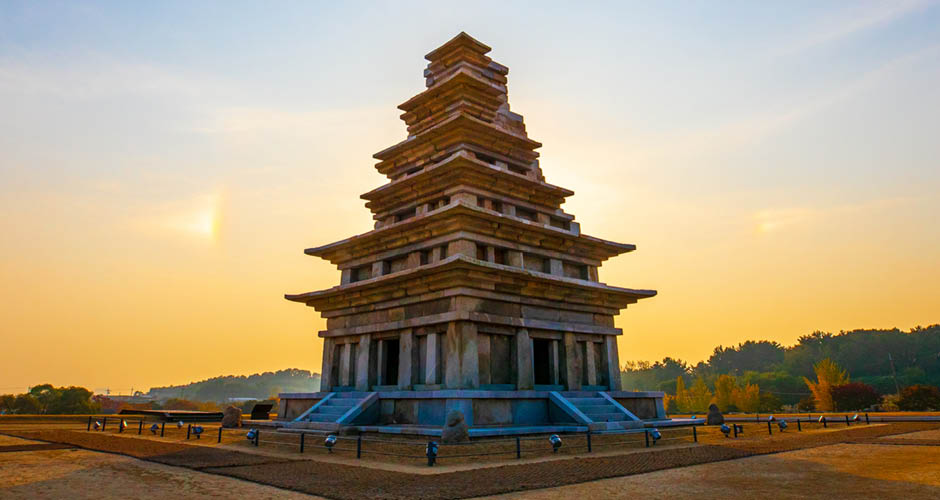
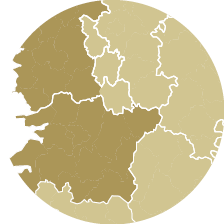






INFORMATION




Home


menu





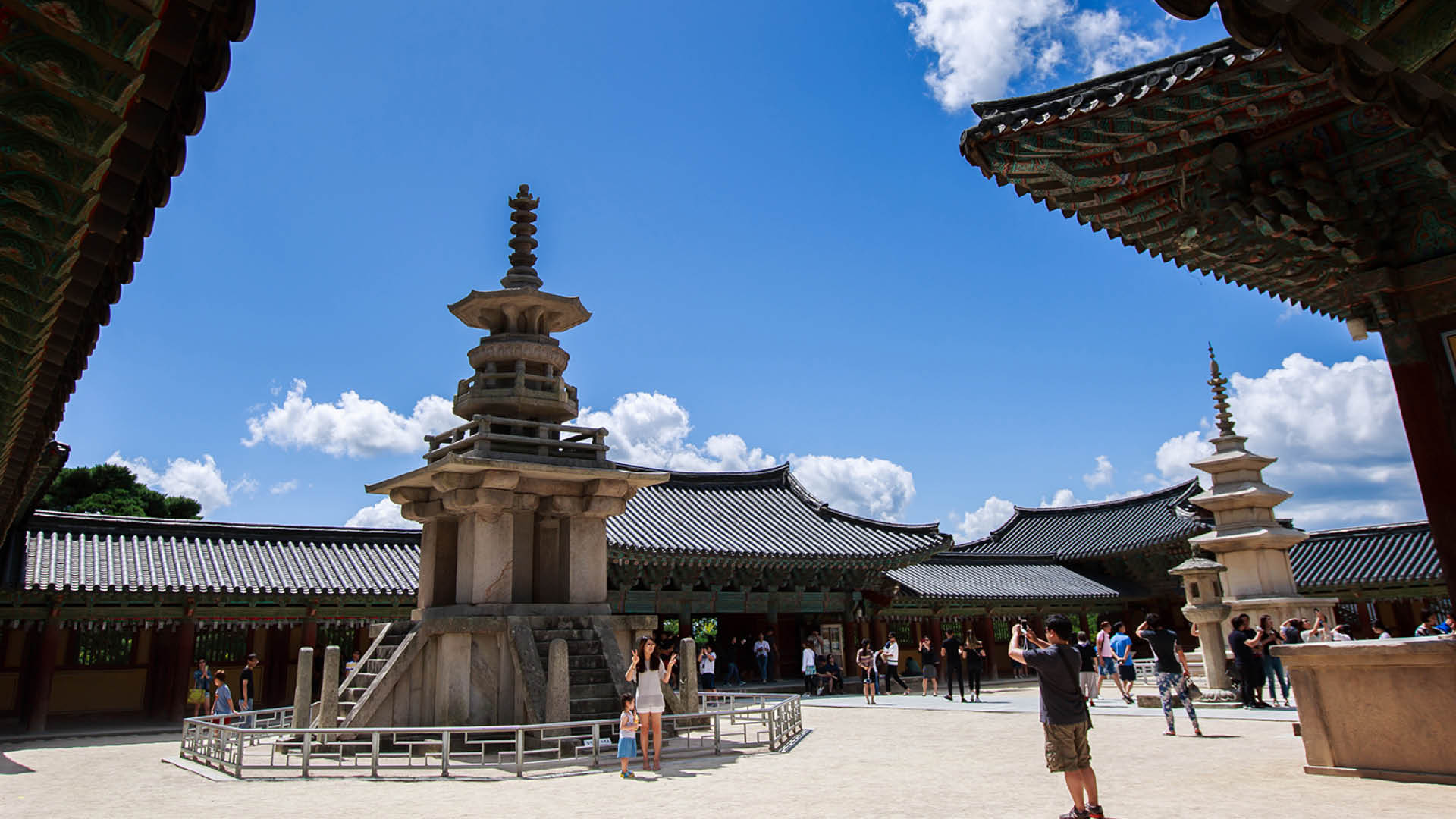
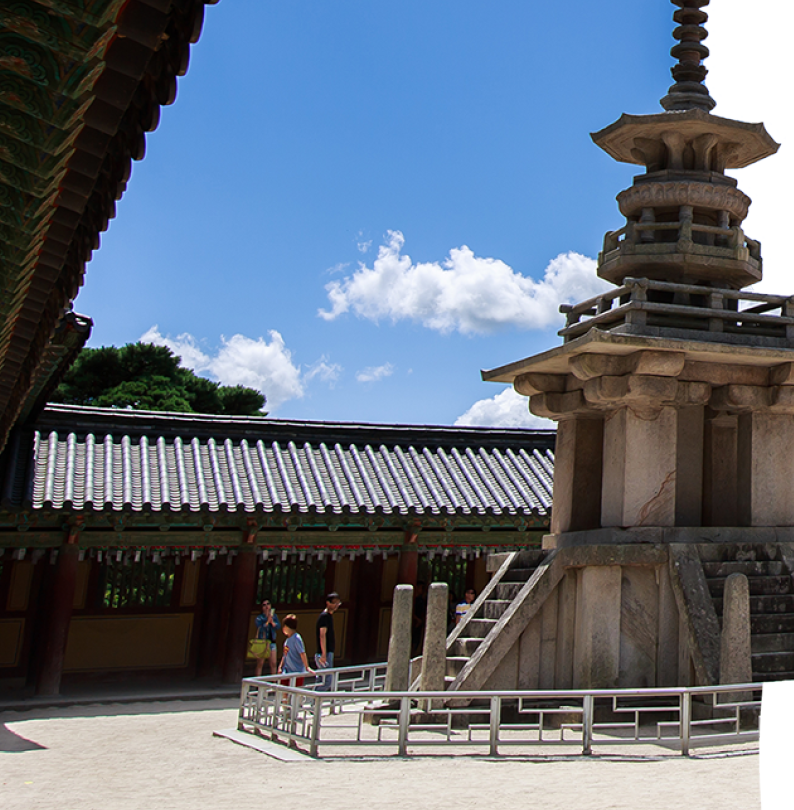








Home


menu






Seokguram Grotto and Bulguksa Temple in Gyeongju are ancient Buddhist sites created by Kim Dae-seong, the prime minister of Silla, from 751 to 774. Seokguram Grotto is comprised of a grotto built by applying elaborate mathematical and geometric principles and architectural techniques with a statue of the Sakyamuni Buddha and several reliefs that display an intricate sense of aesthetics. Considered the “Buddha Land,” Bulguksa Temple shows the uniqueness of temple architecture of ancient Korea through the harmonious structure and layout of wooden buildings with stone stereobates and stone pagodas.
Seokguram Grotto was made of granite, and 38 statues, including that of the Sakyamuni Buddha at the center of the dome-style main room, were exquisitely carved on surrounding walls, antechambers and corridors. The Principal Buddha is sitting on a lotus flower-shaped pedestal with a mystical expression of kindness, gentleness and grandness. The hands of the Buddha are in Bhumisparsha mudra, which is the position to ward off temptations of the devil and touch the earth to prove the glory of Buddha. Flagstones on the wall behind the Principal Buddha play a role similar to that of a halo, adding grace and sacredness to the Buddha statue, and people can look up to the center of the antechamber.
Bulguksa Temple is comprised of three “kingdoms of Buddha.” With Daeungjeon Hall at the center, the pavilion, Cheonungyo and Baegungyo Bridges, and Dabotap and Seokgatap Pagodas make up the largest space that represents the world of suffering where Buddha resides. The space where Geungnakjeon Hall, Chilbogyo Bridge and Yeonhwagyo Bridge are located represents the Amitabha Buddha’s land of utmost bliss, and the space where Birojeon Hall and Gwaneumjeon Hall are located represents the Lotus Sanctuary.
Buildings were constructed by using coarse natural stones to build the stereobates and then stacking polished artificial stones on top in a well-balanced way to reinforce the buildings. The fact that Cheonungyo and Baegungyo Bridges are big and fancy, while Yeonhwagyo and Chilbogyo Bridges are small and simple, and the differently-styled Dabotap and Seokgatap Pagodas are proof of harmony and beauty of contrasts.

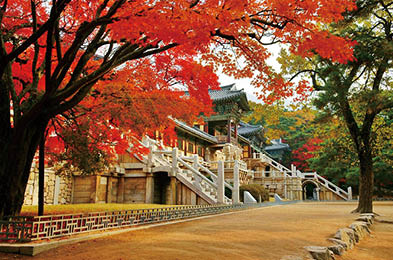
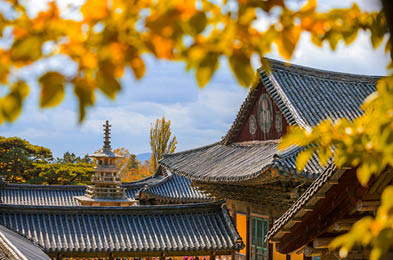










Home


menu





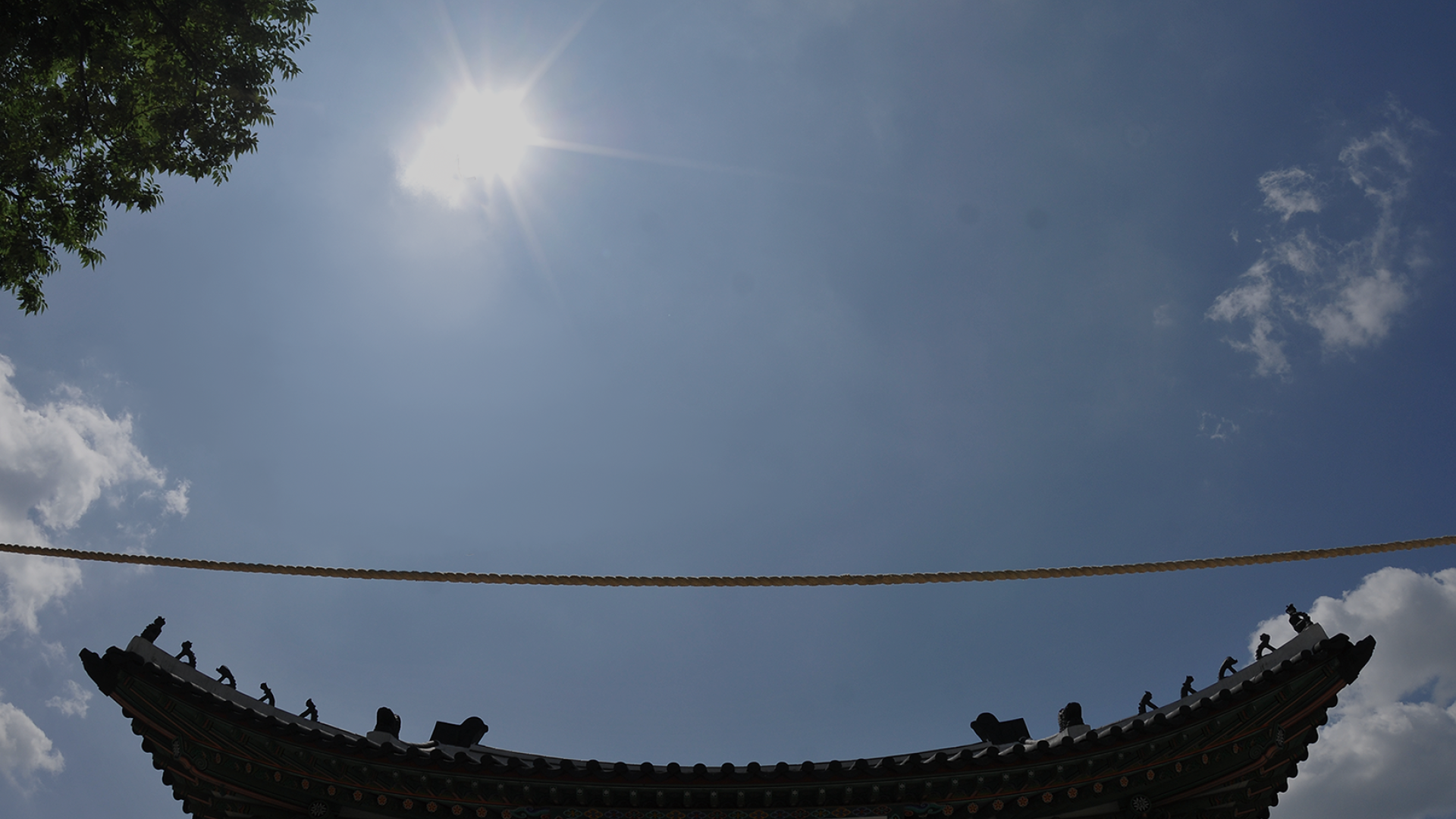
Intangible Cultural
Heritage of Humanity
Intangible Cultural Heritage of Humanity found in Korea are the essence of the wisdom and skills learned and mastered due to the natural environment and socio-economic conditions. The technology and aesthetic sense of the Korean people, as well as their ability to express the joys and sorrows of life are quite dynamic and diverse.







Home


menu





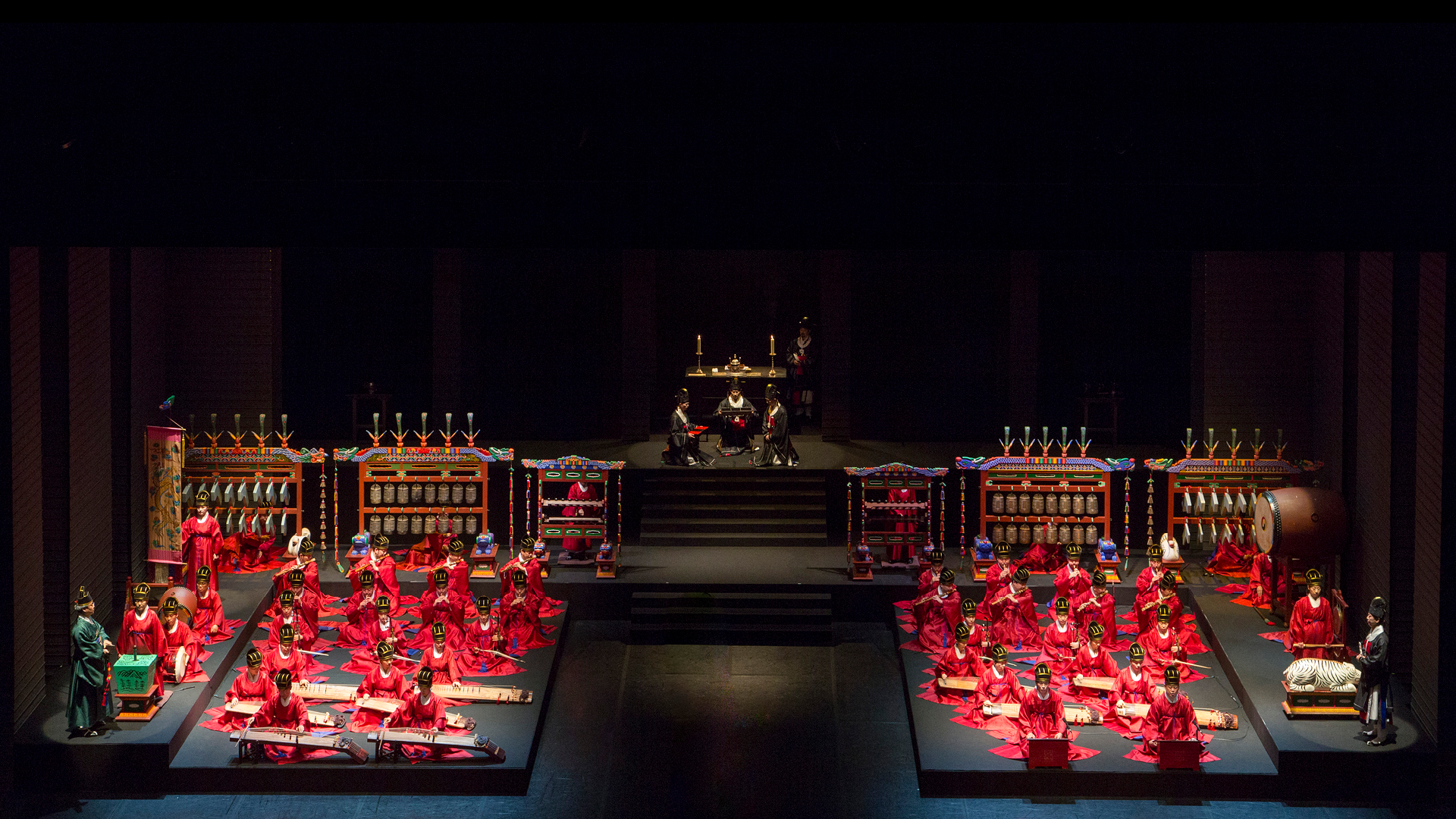
National Gugak Center (2015.09.18)









Home


menu






National Gugak Center (2015.09.18)
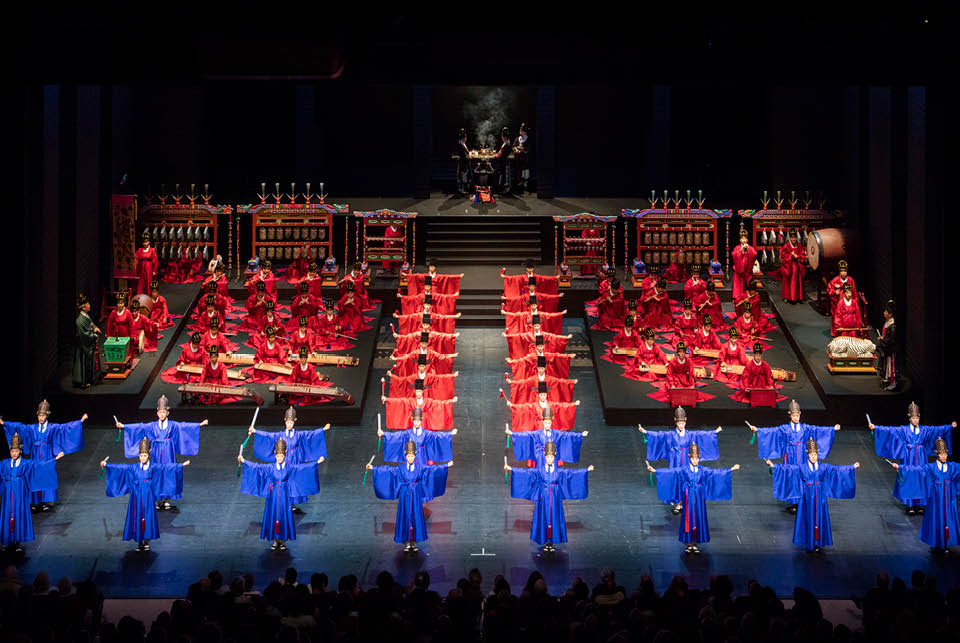
National Gugak Center (2015.09.18)

National Gugak Center (2015.09.18)
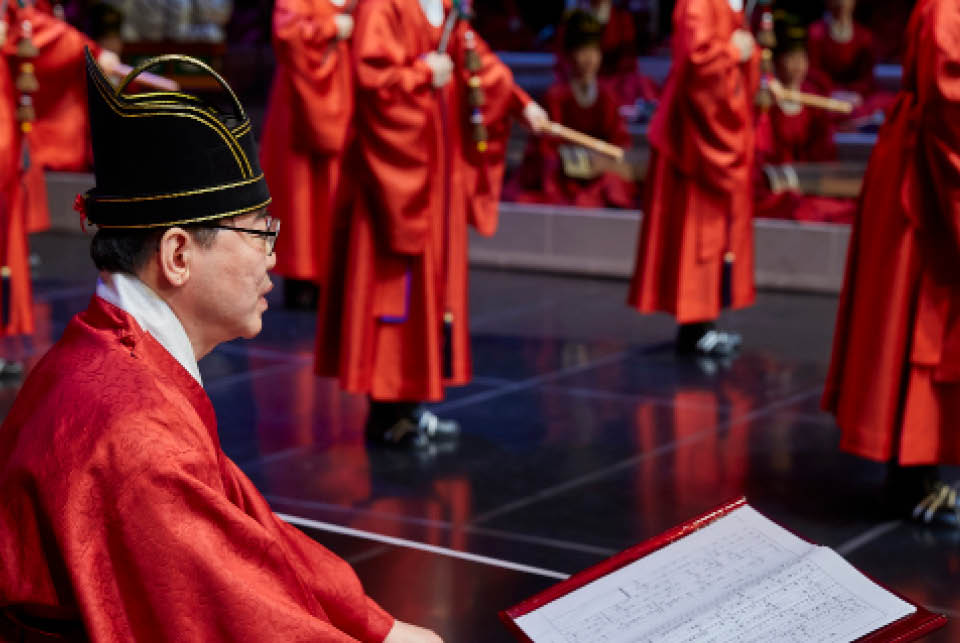
National Gugak Center (2018.02.02)

National Gugak Center (2014.03)
INFORMATION
Jongmyo Shrine
Address: 157 Jong-ro, Jongno-gu, Seoul
Phone: 02-765-0195
Operating hours: 09:00–18:00 (Weekdays open for guided tours (English, Japanese and Chinese), Saturdays and national holidays open for regular admission. Closed on Tuesdays.)
Web: jm.cha.go.kr
Transportation: 5-minute walk from Exit 11 of Jongno 3-ga Station, Subway Line 1, 3 or 5
Royal Ancestral Ritual in the Jongmyo Shrine
Annually on first Sunday of May and first Saturday of November
National Palace Museum of Korea







Home


menu





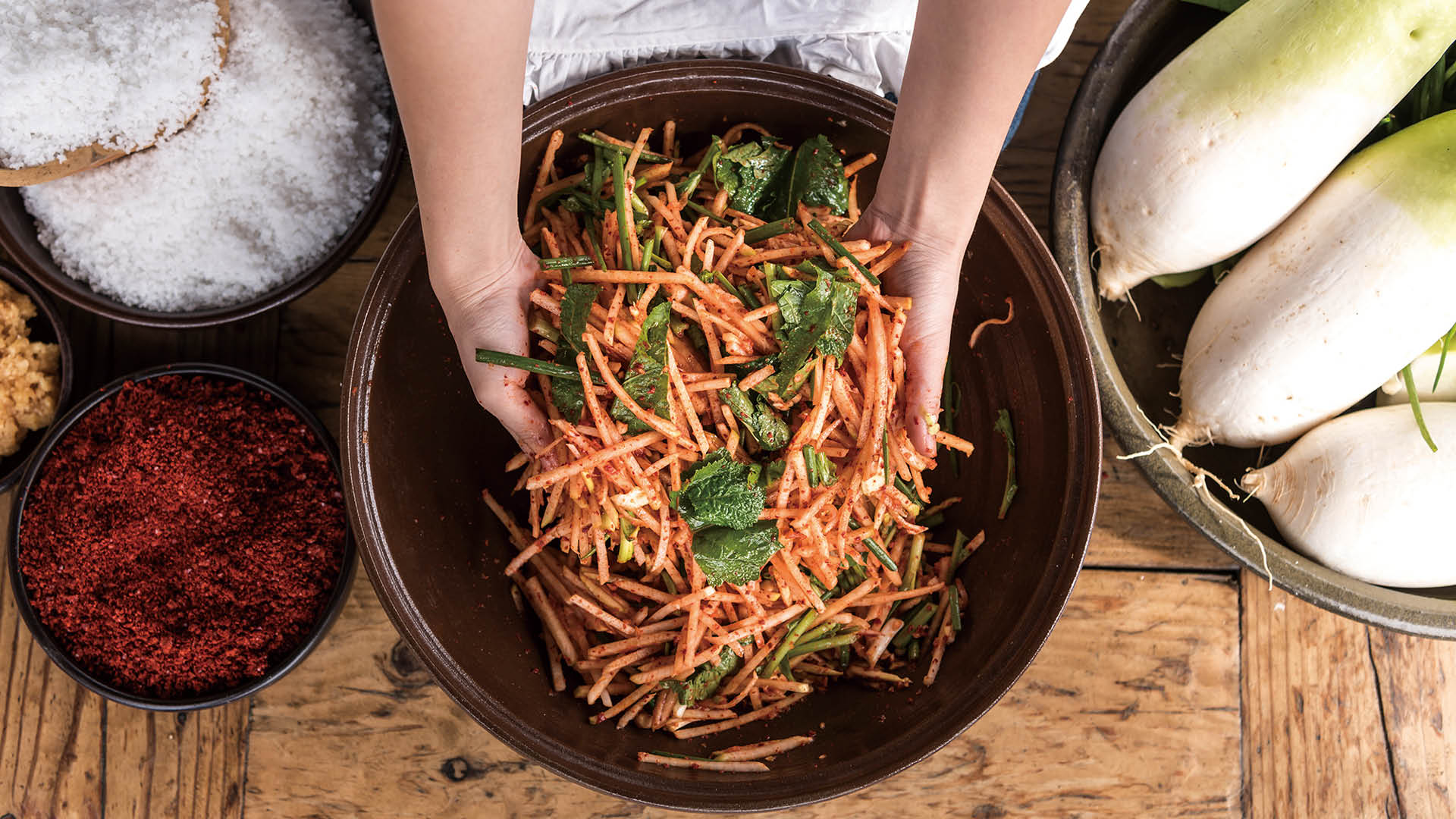










Cultual Heritage Adbinistration X BIBIGO
Home


menu





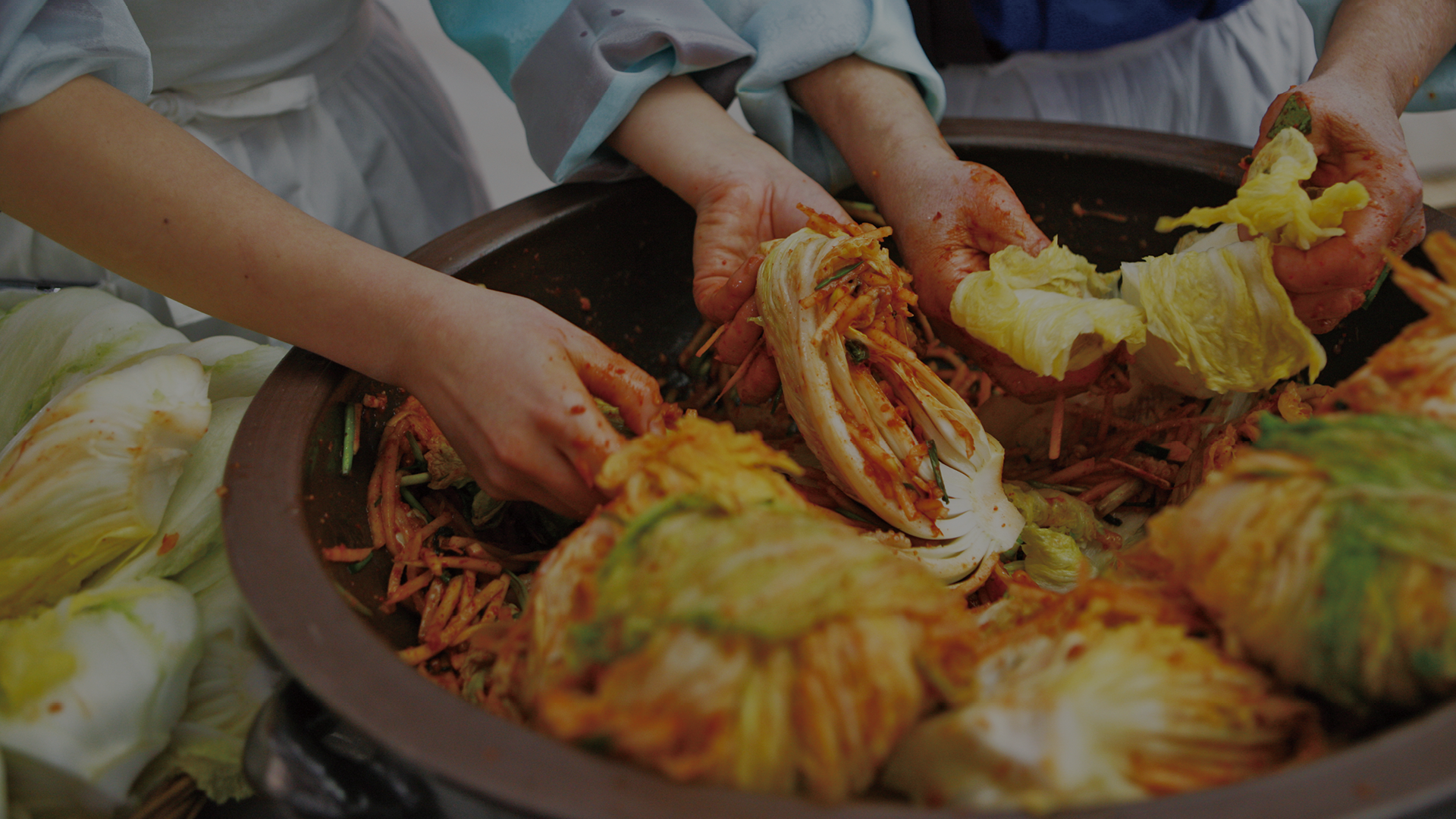










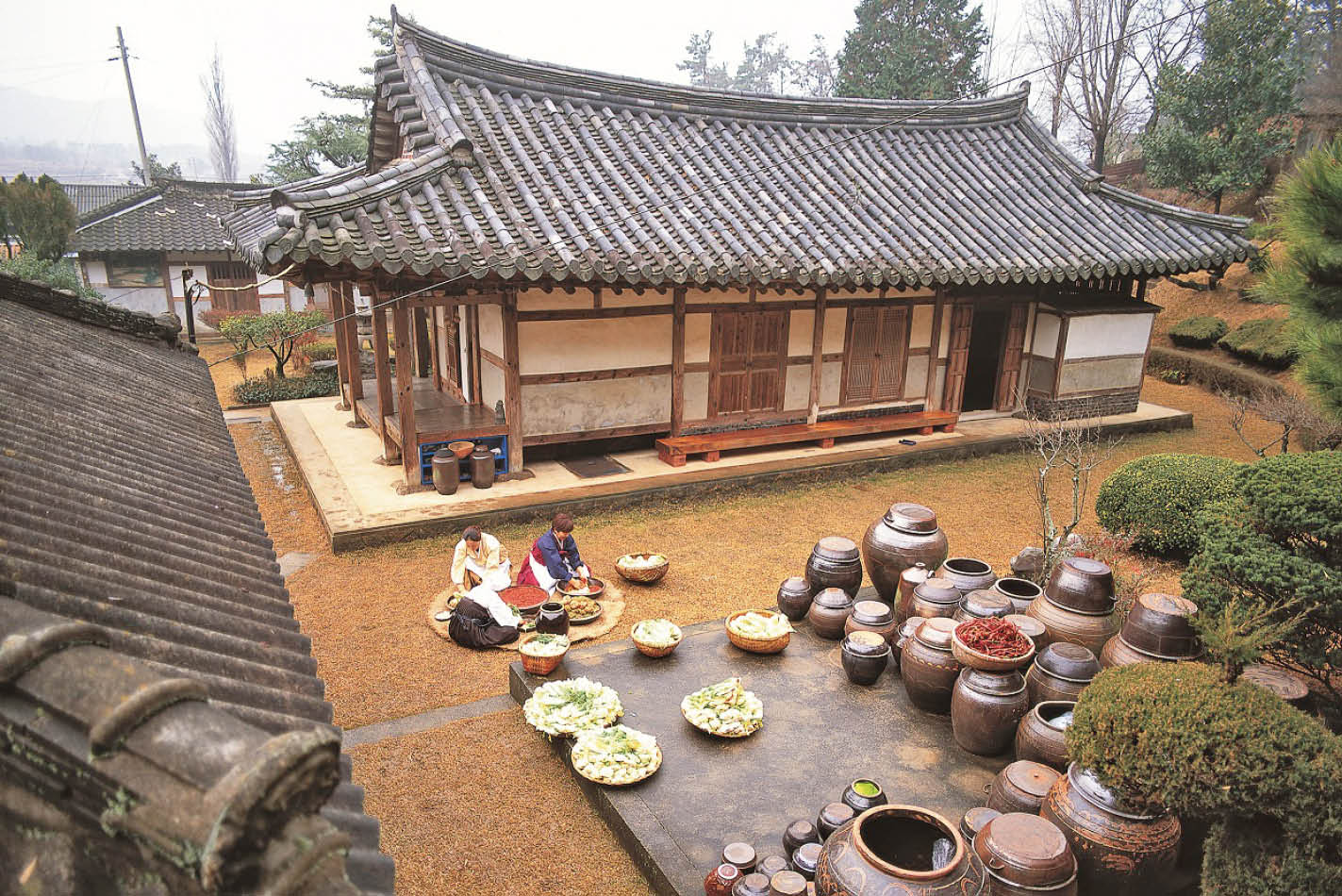
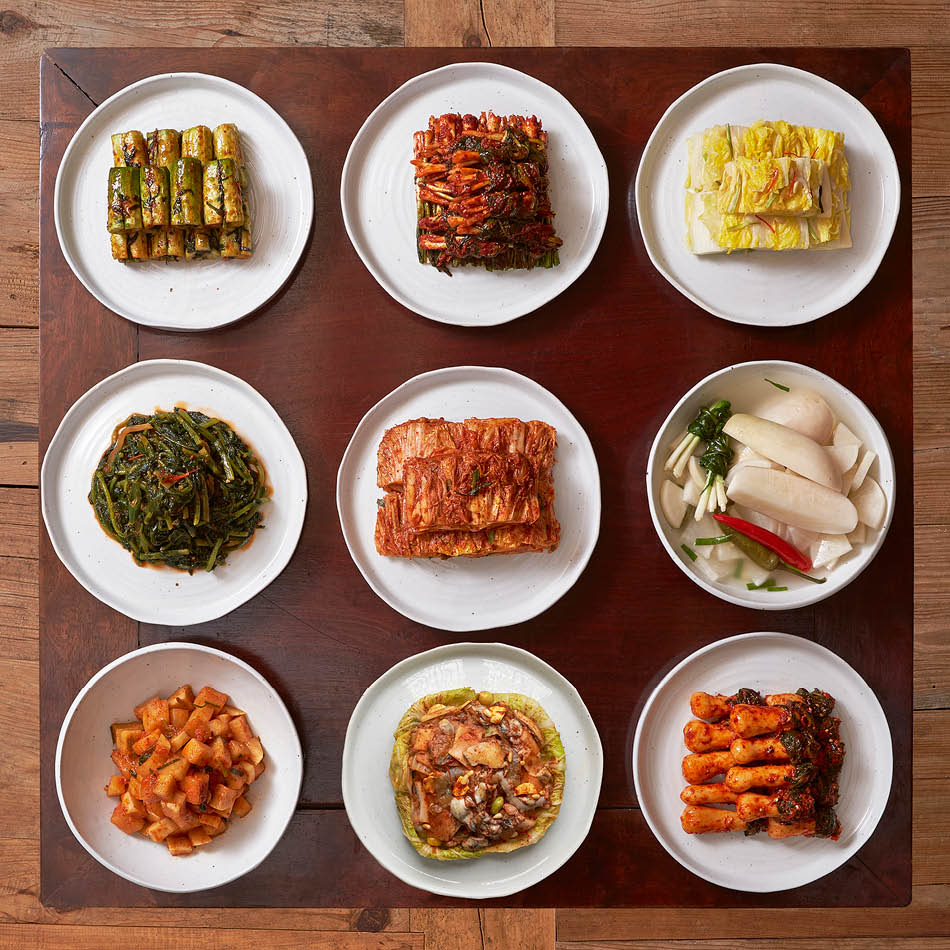
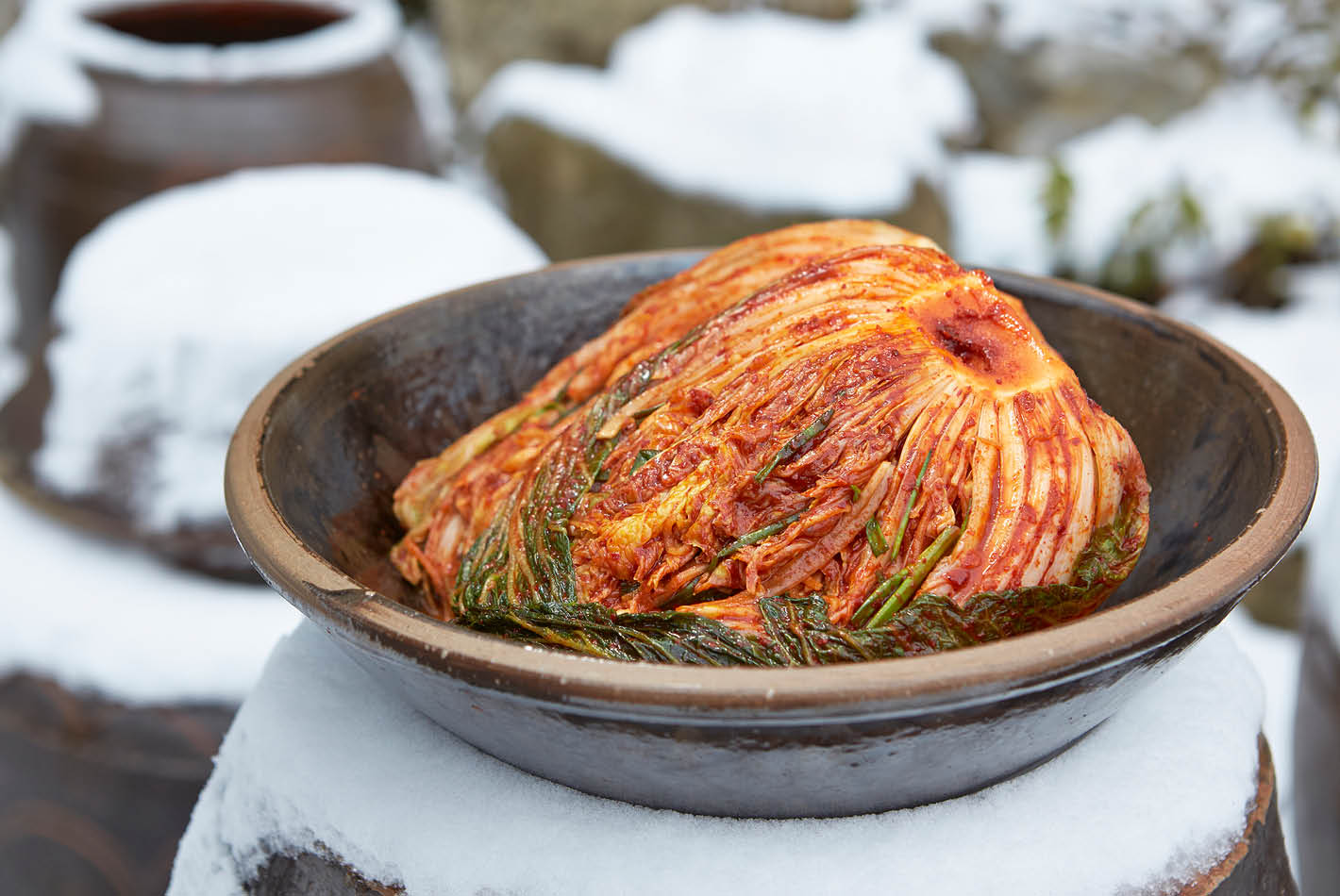
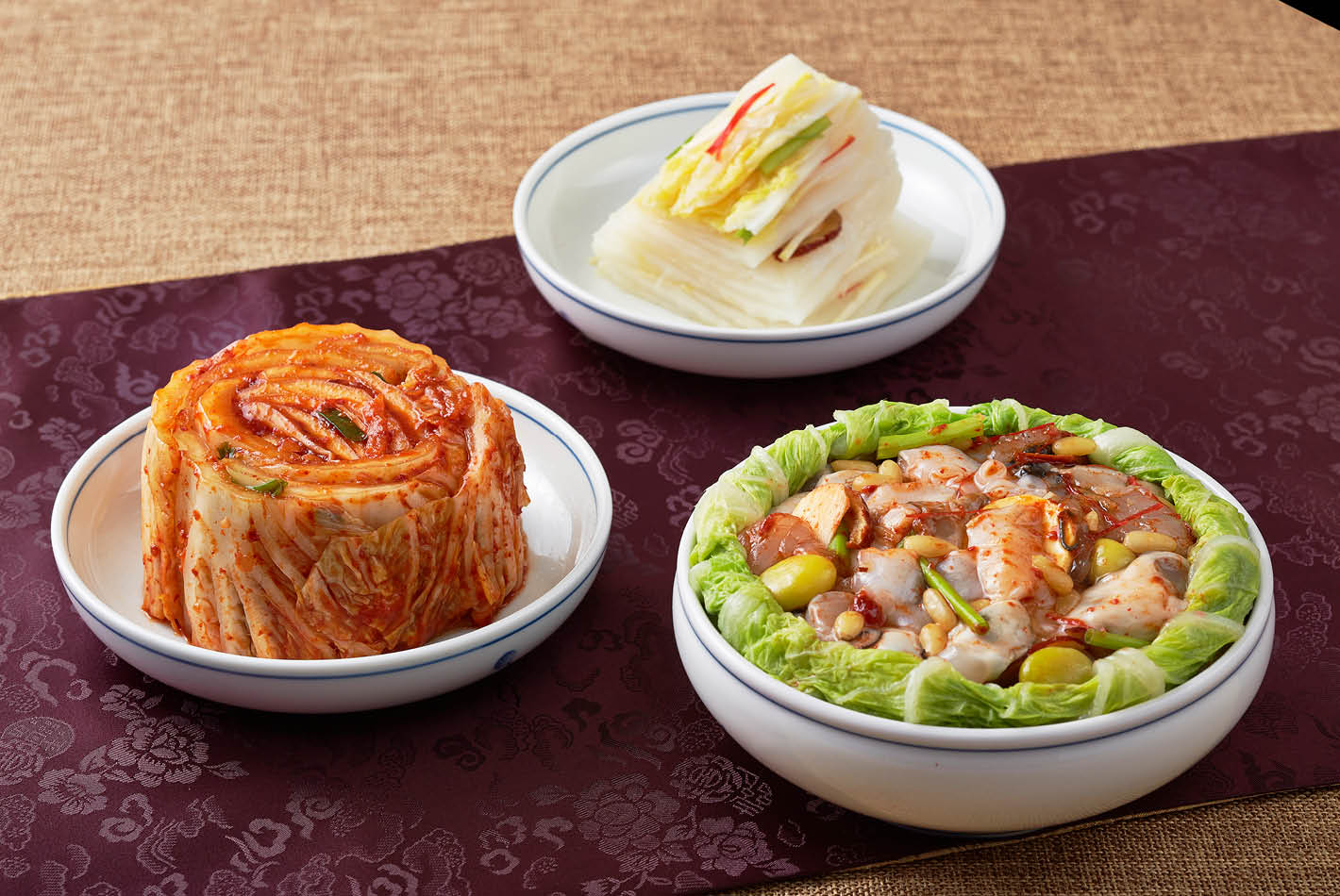
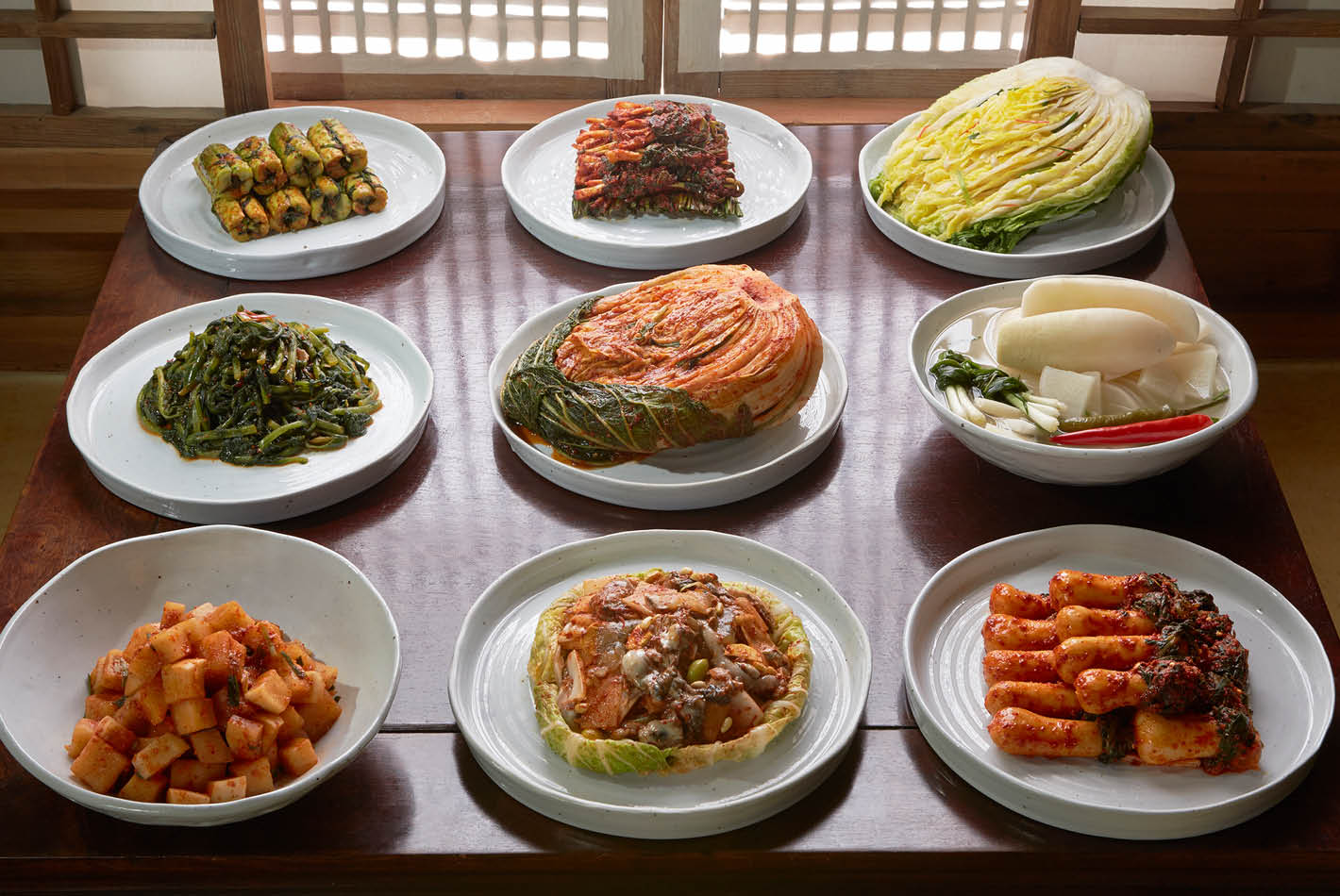

Home


menu





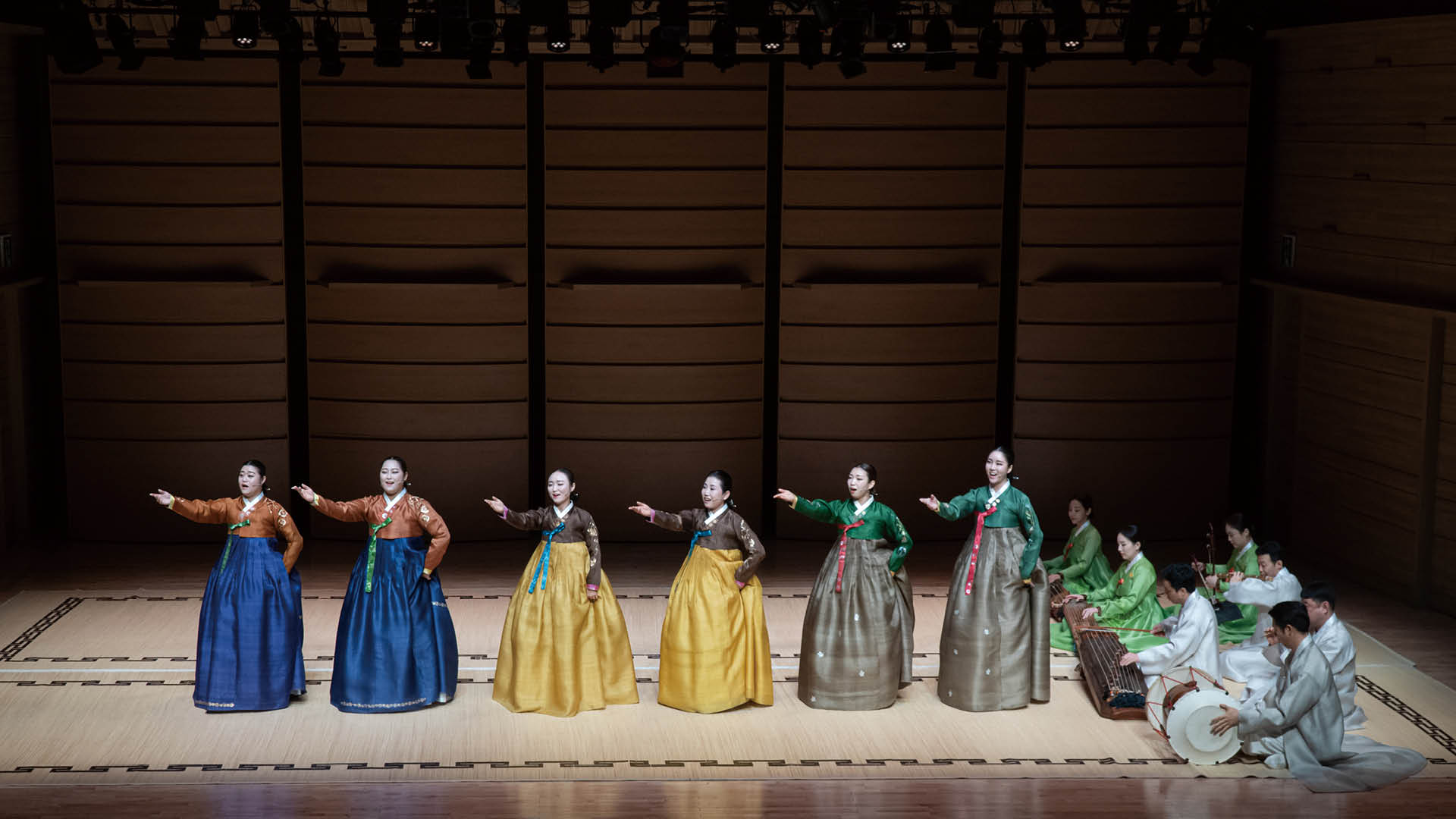










Home


menu








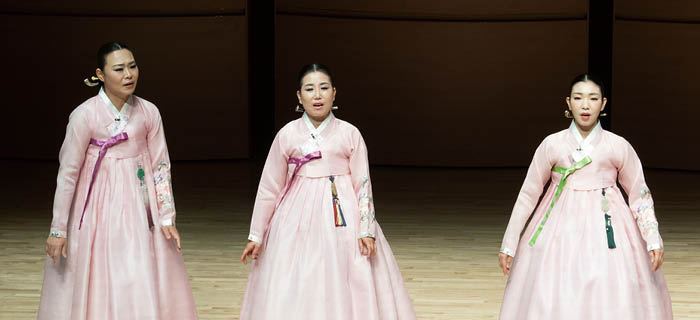



Jeongseon Arirang

Jindo Arirang

Miryang Arirang


Home


menu





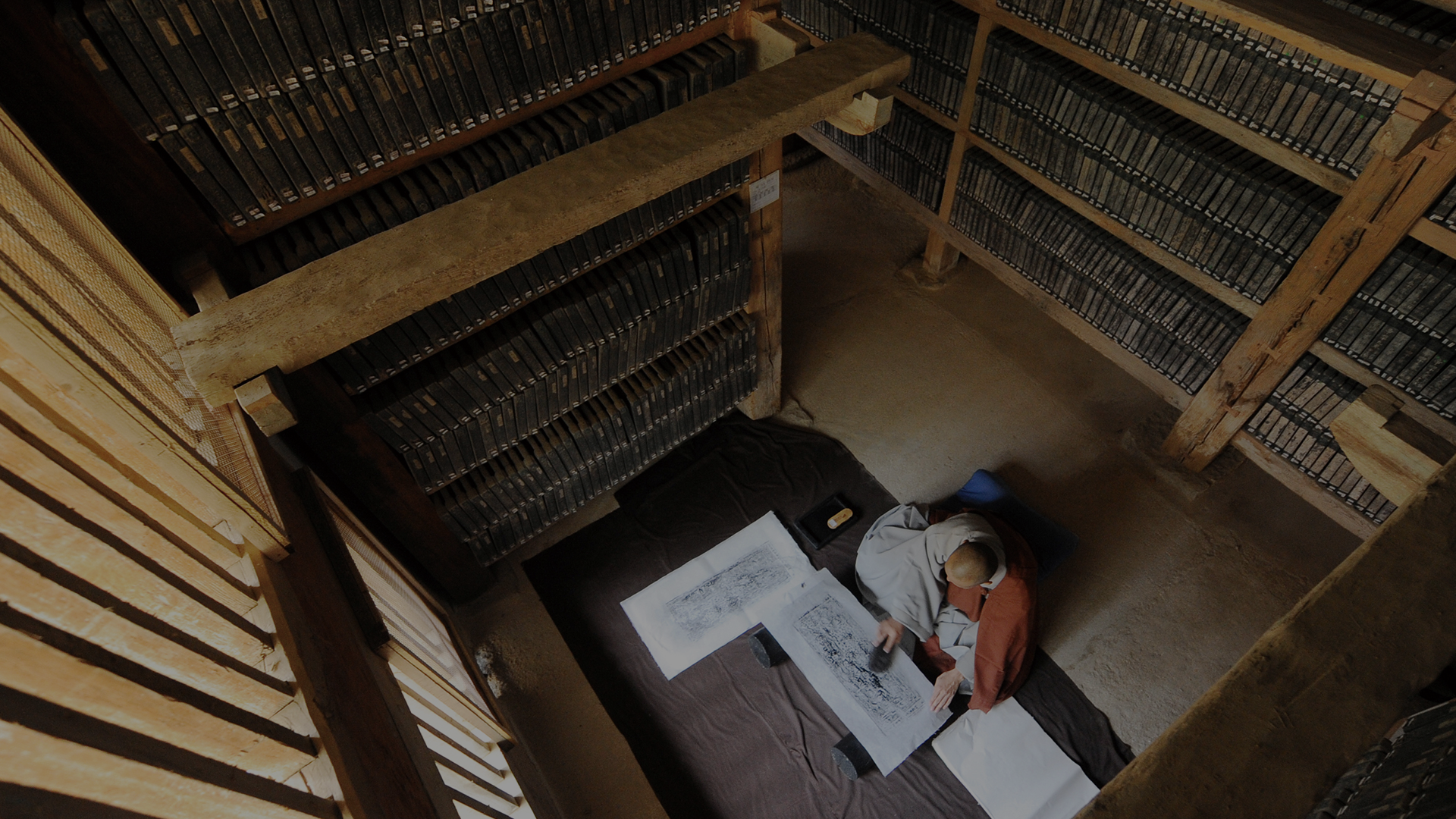



Memory of the World
UNESCO-acknowledged documentary heritage of Korea, such as the first-ever metal type printing, Hangeul (Korean alphabet) created out of love for his people and great scientific research, and modern-era democratization movement, was created and preserved over a long period of time. Koreans have a distinctive history of recording their works and lives and respecting their unique values.






Home


menu






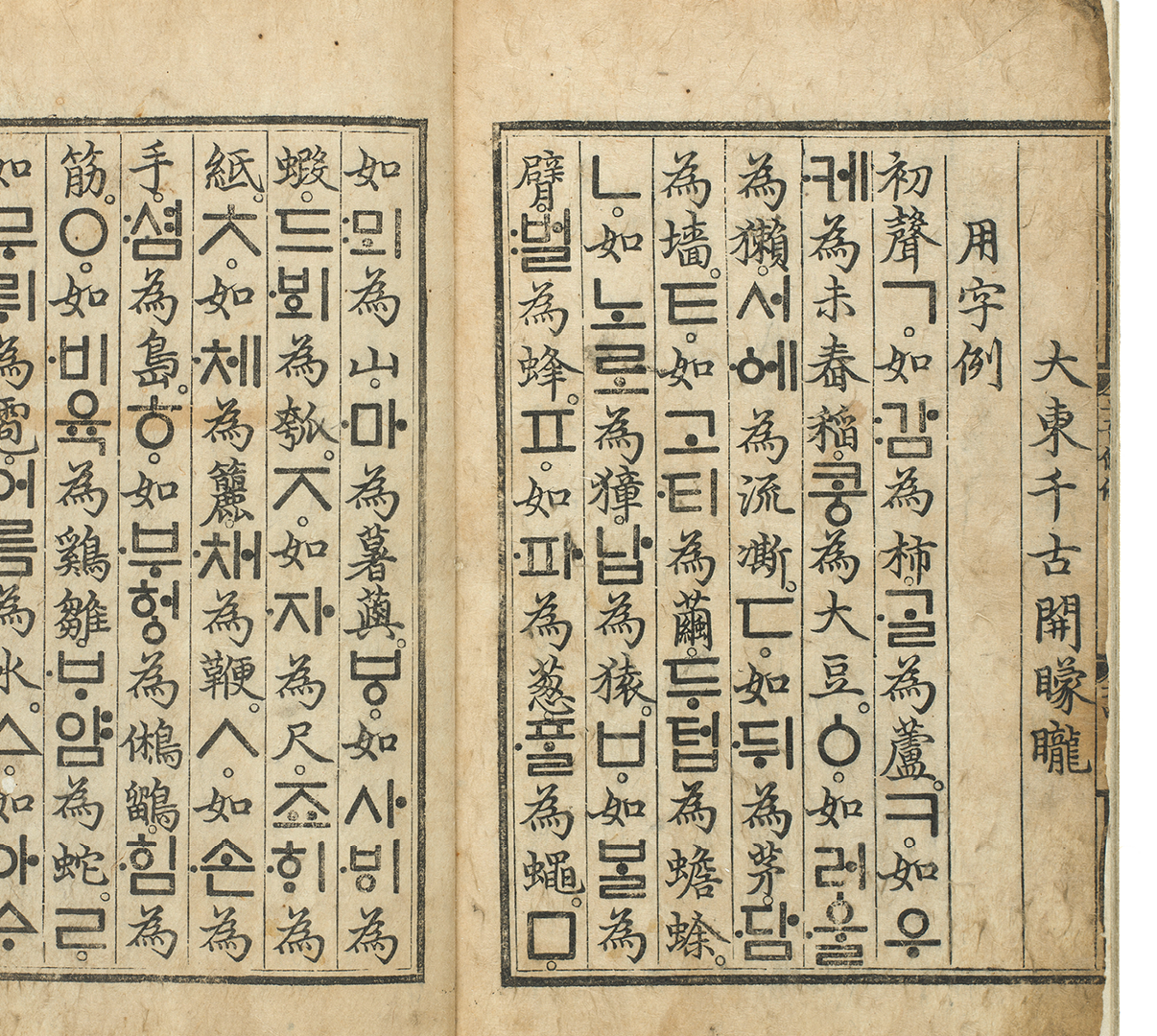











Cultural Heritage Administration, Korea Cultural Heritage Foundation, k-heritage.tv URL http://www.k-heritage.tv/main/en
Home


menu







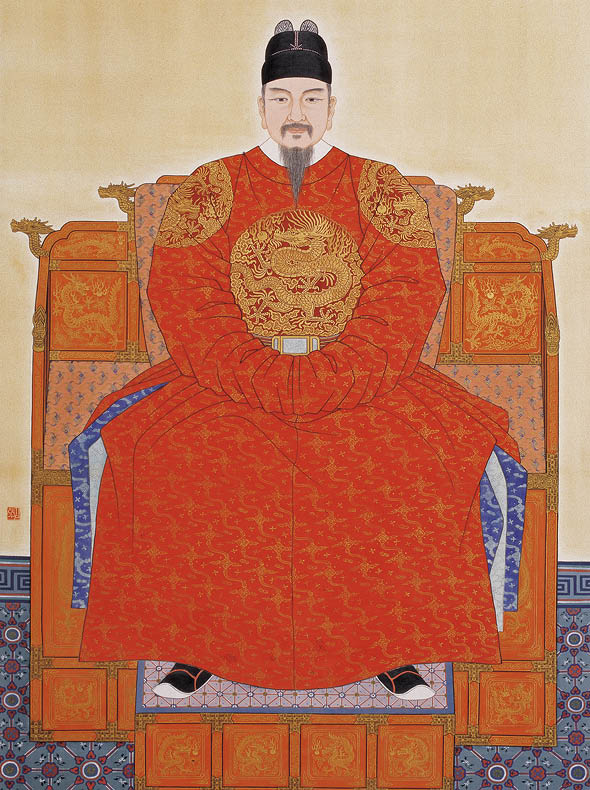
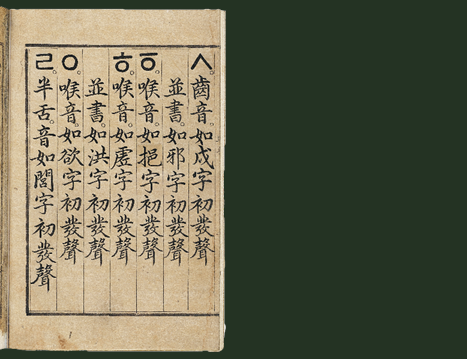
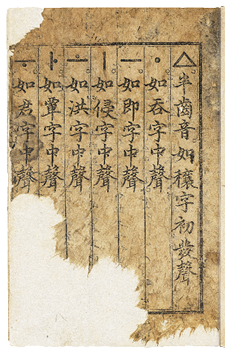












Home


menu






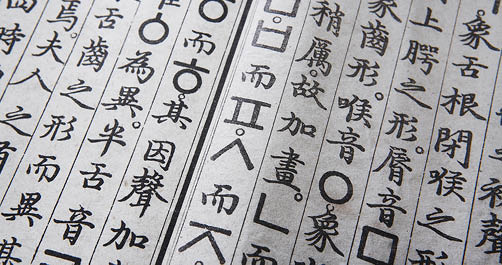
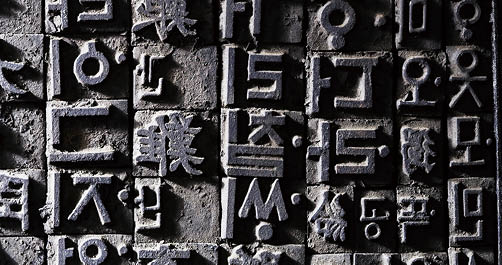
NATIONAL HANGEUL MUSEUM






Home


menu





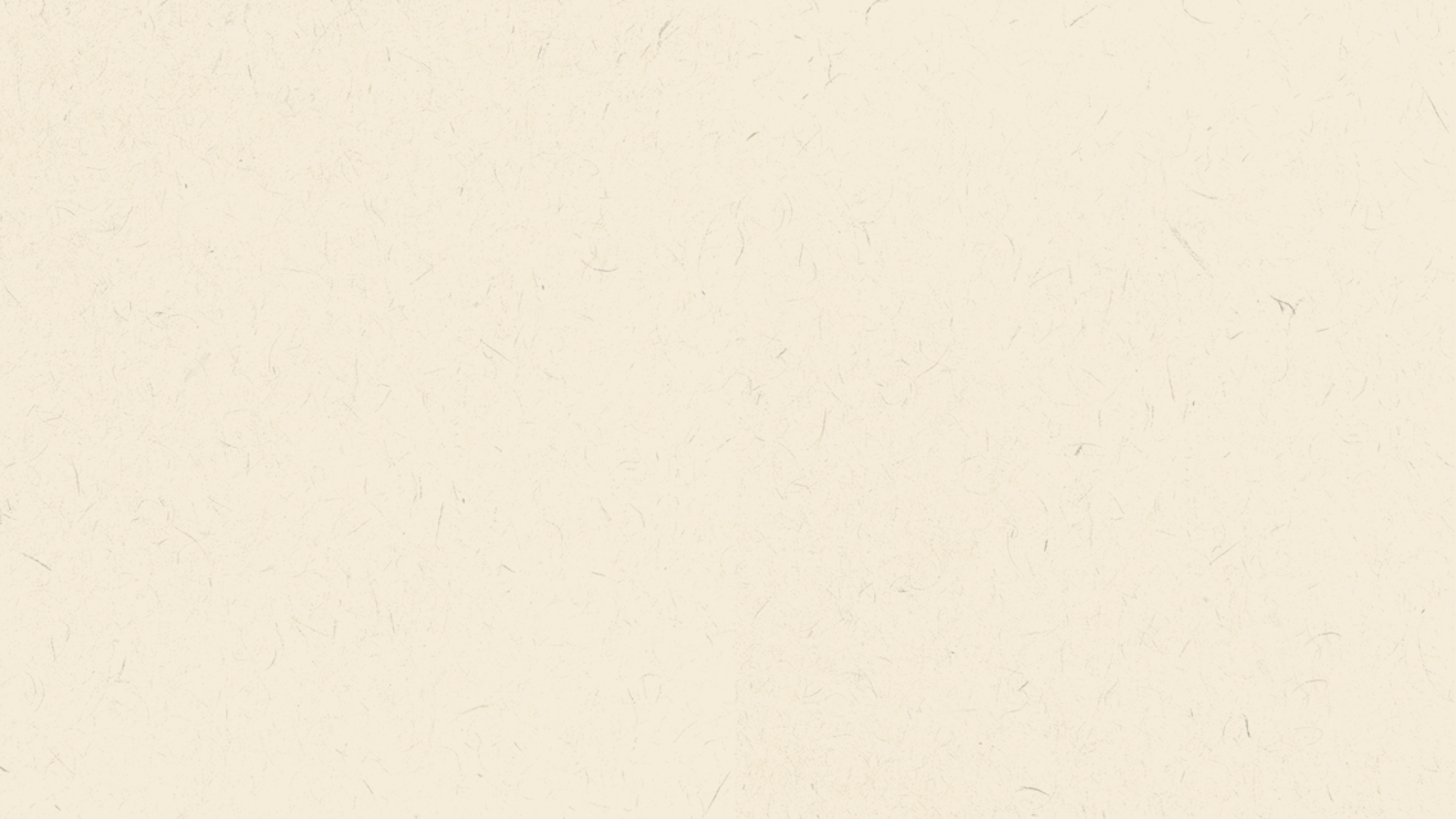










Home


menu





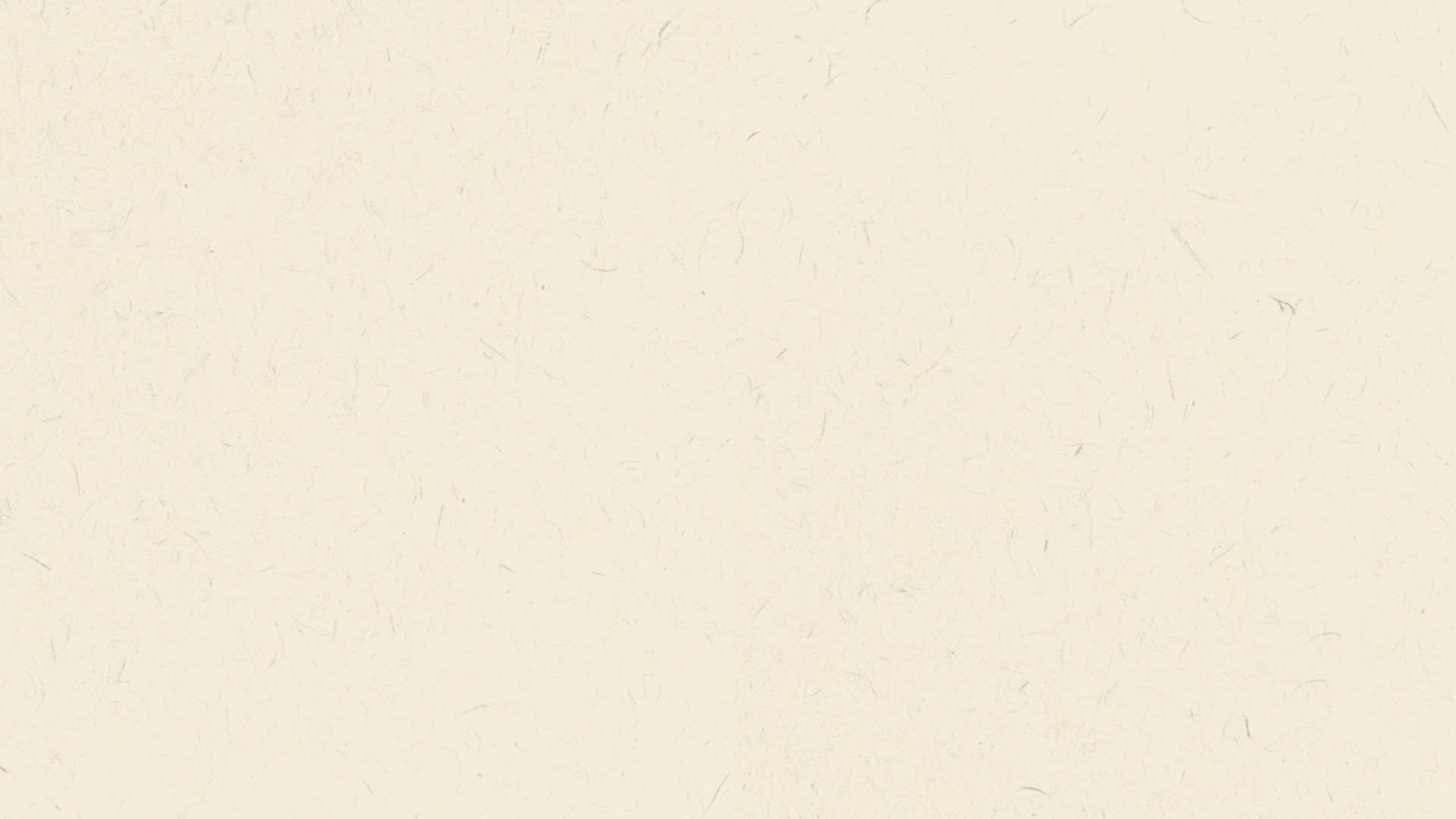
Uigwe: The Royal Protocols of the Joseon Dynasty are books that summarized major events of the Joseon Dynasty (1392–1910) through texts and illustrations, and events are categorized by period and theme. The books produced in early Joseon were lost in fires during Imjinwaeran, the Japanese Invasion of Korea (1592–1598), but more than 4,000 books from the 17th century to 20th century still remain. The 2,940 books of 546 categories housed in Seoul National University’s Kyujanggak, and 490 books of 287 categories stored in the Academy of Korean Studies were added to UNESCO’s Memory of the World Register.
The royal family of the Joseon Dynasty left records of special events like coronations, marriages and funerals of kings and queens, as well as regular events, such as entertaining foreign envoys, so that later generations could refer to them. In Uigwe, the entire process of an event, including list of staff members, number of employees, work allotment, list of used items, and expenses, were all recorded in detailed texts and illustrations.
Banchado and Doseol, both illustrated depictions of events, offer a lively written and three-dimensional visual accounting of the events. In addition, the texts and illustrations also reflect the era, showing lifestyles of the time.
Five to nine manuscripts or printed copies were made for each Uigwe. The king’s copy, called “Eoramyong,” was different from other copies, which were produced to be divided and stored in major government offices or historical archives. Only one copy of each Uigwe was made for the king. They were produced on high-quality paper with a silk cover and decorations, and palanquins, ceremonial objects as well as facial expressions were more detailed and colorful.
Uigwe is also a record that preserves past legacies of the Confucian society, the dominant ideology in East Asia at that time. Confucianism put special emphasis on ceremonials and rituals as a tool to rule the people and maintain social order. The universal philosophy of Confucianism can be seen through the books that documented national ceremonies of the Joseon Dynasty, which used Confucianism as its ruling principle.










Home


menu





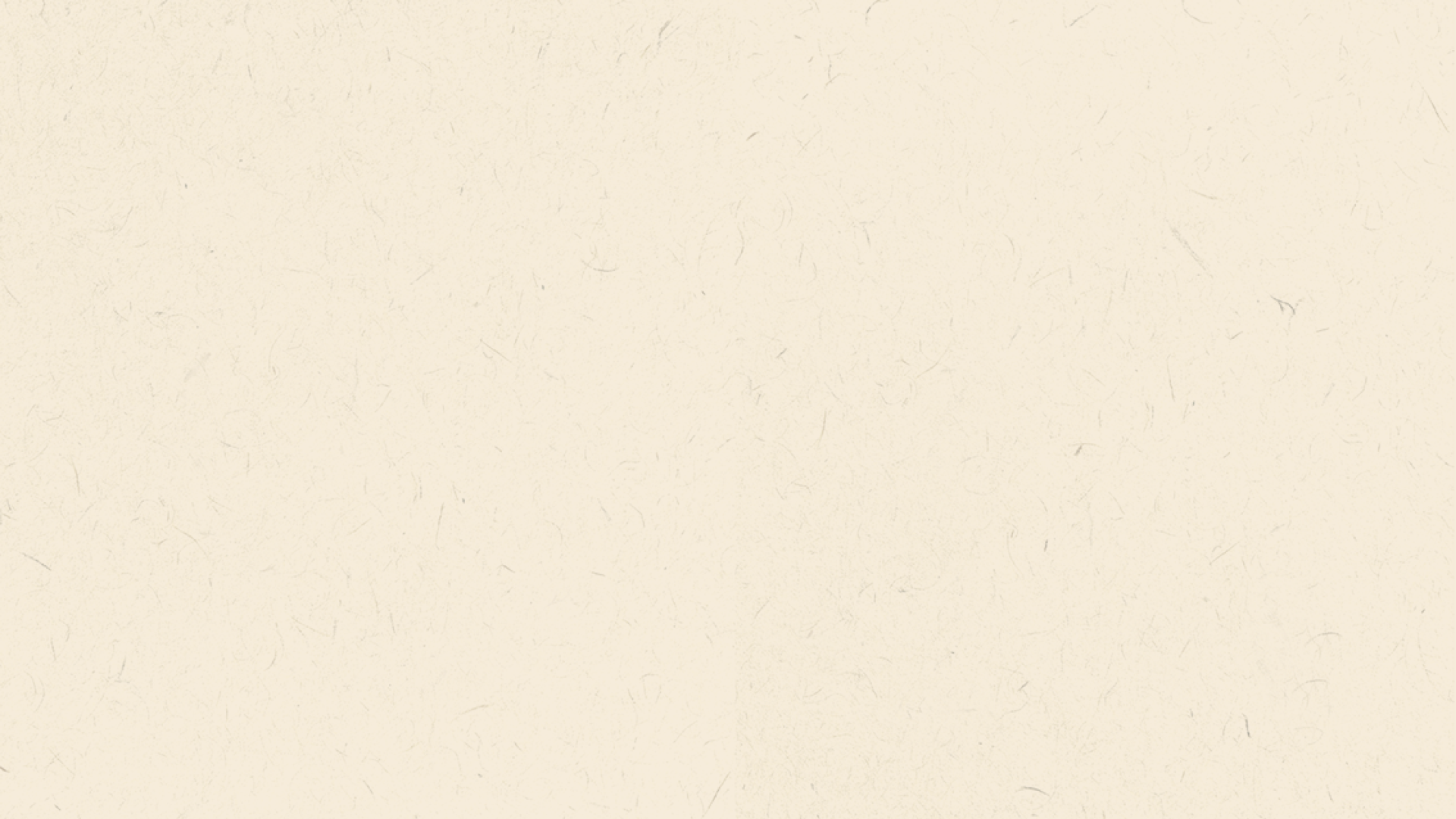










Home


menu
















Home


menu






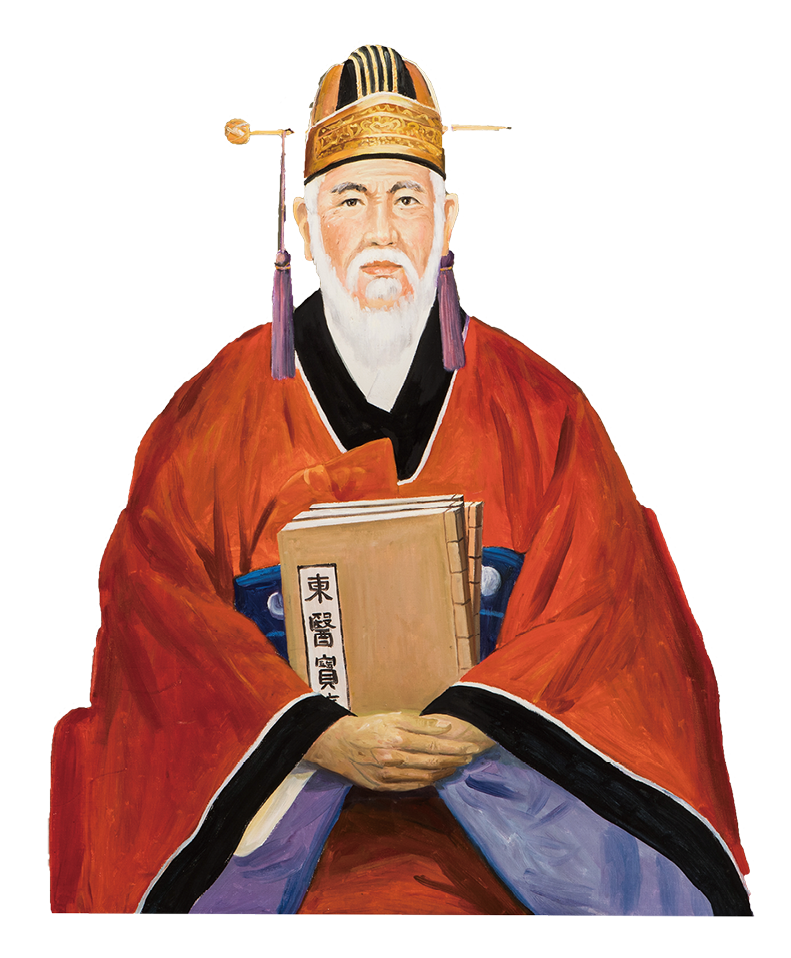










Home


menu












Home


menu





To learn more about UNESCO World Heritage in Korea,
you can request a copy of our book through email, or go to visitkorea.or.kr for the ebook version.
Americas
Los Angeles
New York
Toronto
Oceania
Sydney
Europe
Frankfurt
Paris
London
Moscow
Vladivostok
Head Office
Address: 10 Segye-ro, Wonju-si, Gangwon-do 26464, Republic of Korea
Phone: +82-33-738-3000
Web: kto.visitkorea.or.kr
Web: visitkorea.or.kr
EBOOK
Overseas Offices
China
Beijing
Shanghai
Guangzhou
Shenyang
Chengdu
Xian
Wuhan
Hong Kong
Japan
Tokyo
Osaka
Fukuoka
Asia
Singapore
Bangkok
Taipei
Kuala Lumpur
Dubai
New Delhi
Hanoi
Jakarta
Manila
Istanbul
Almaty
Ulaanbaatar







Home


menu




